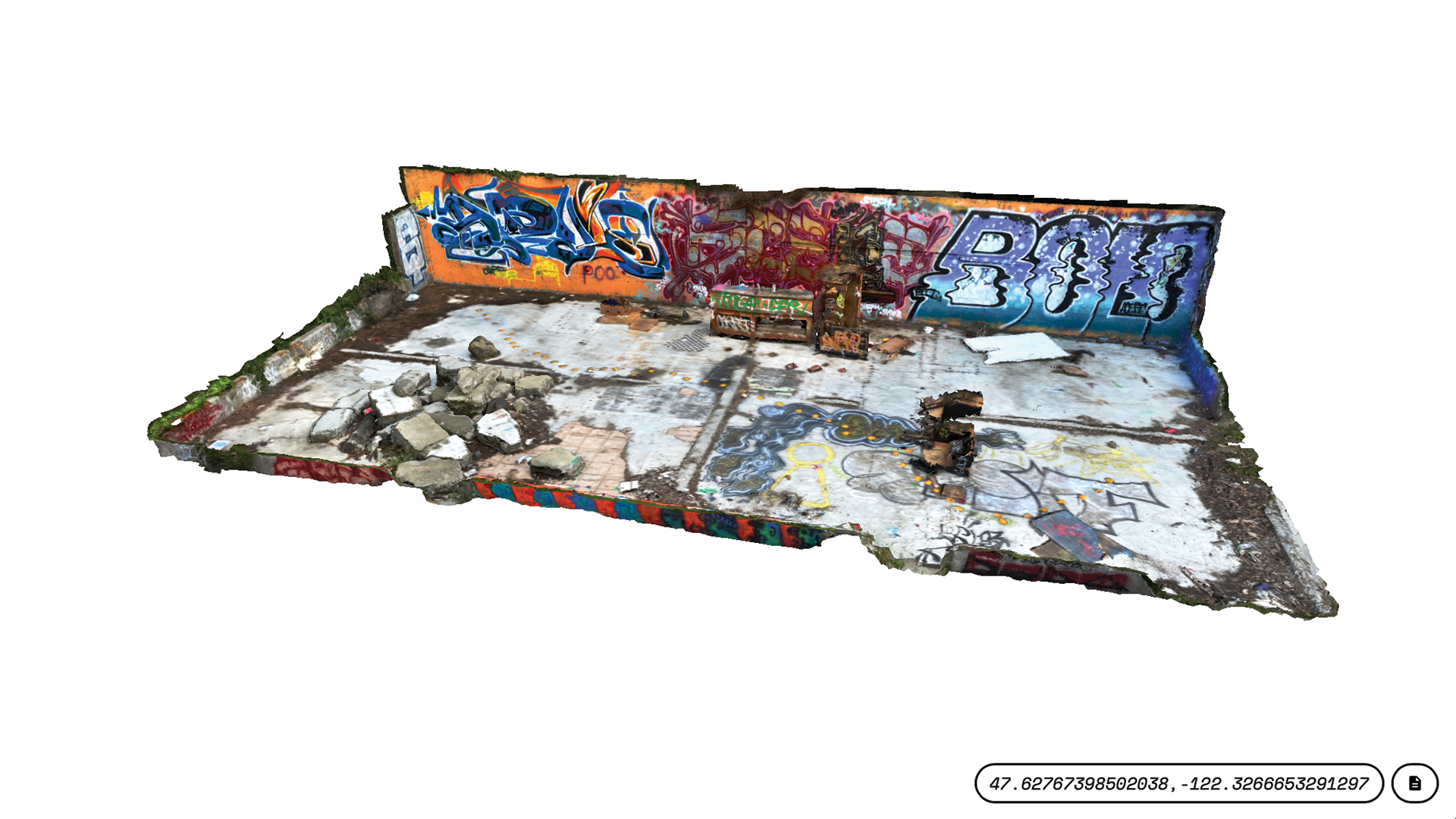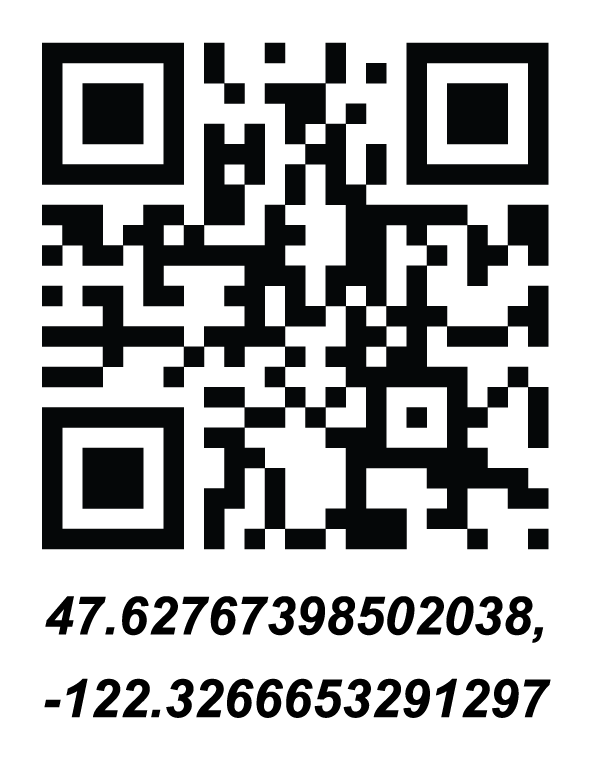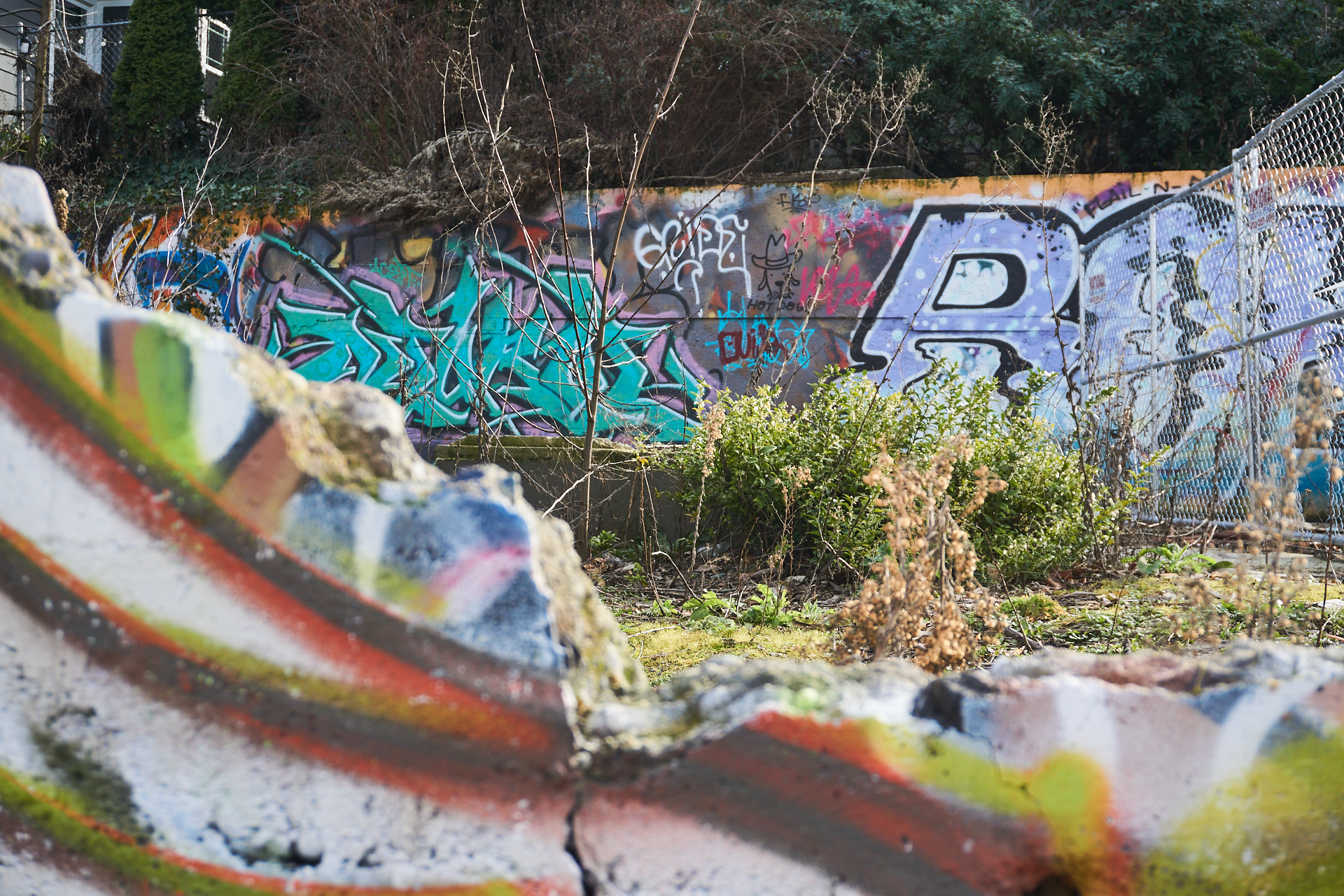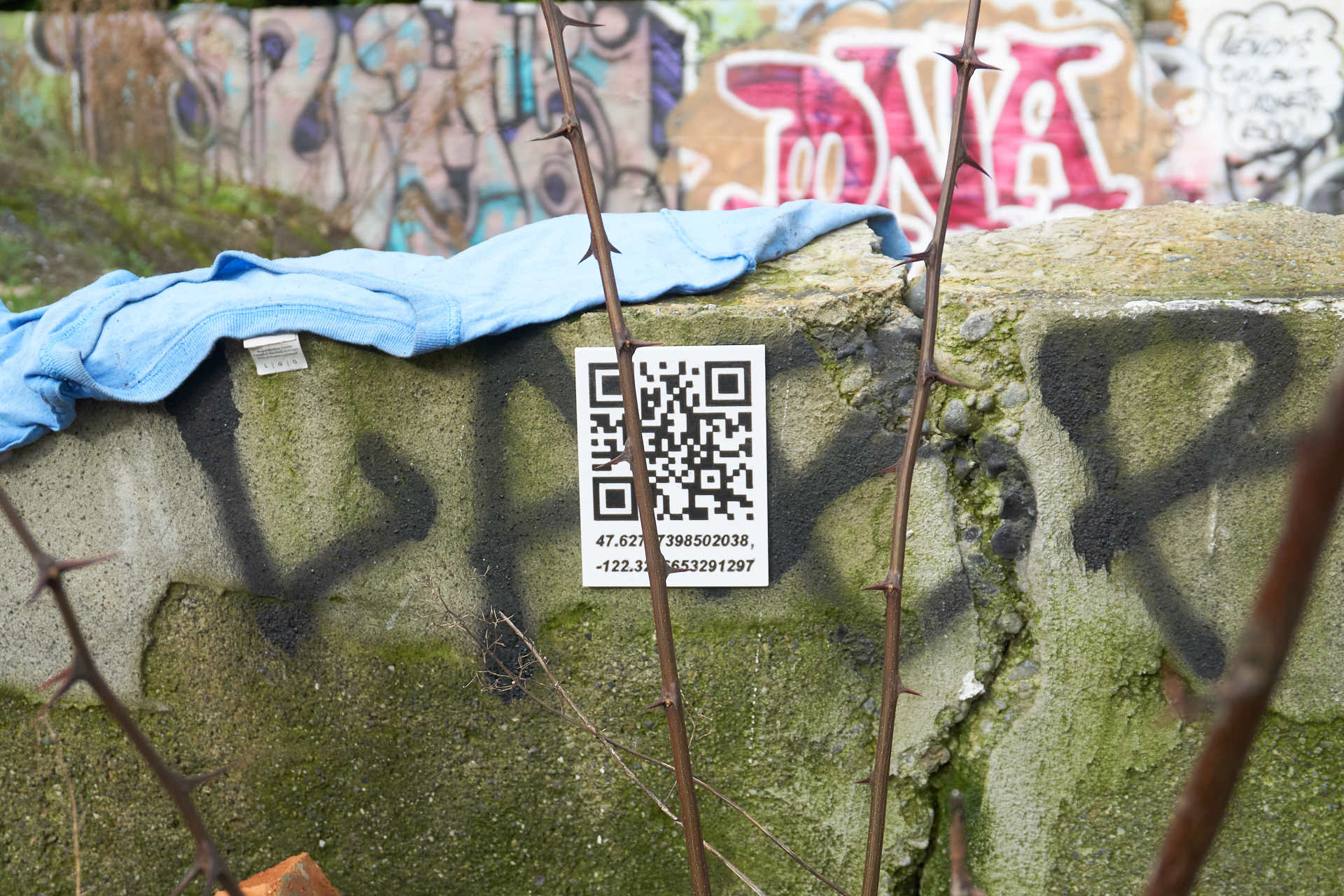


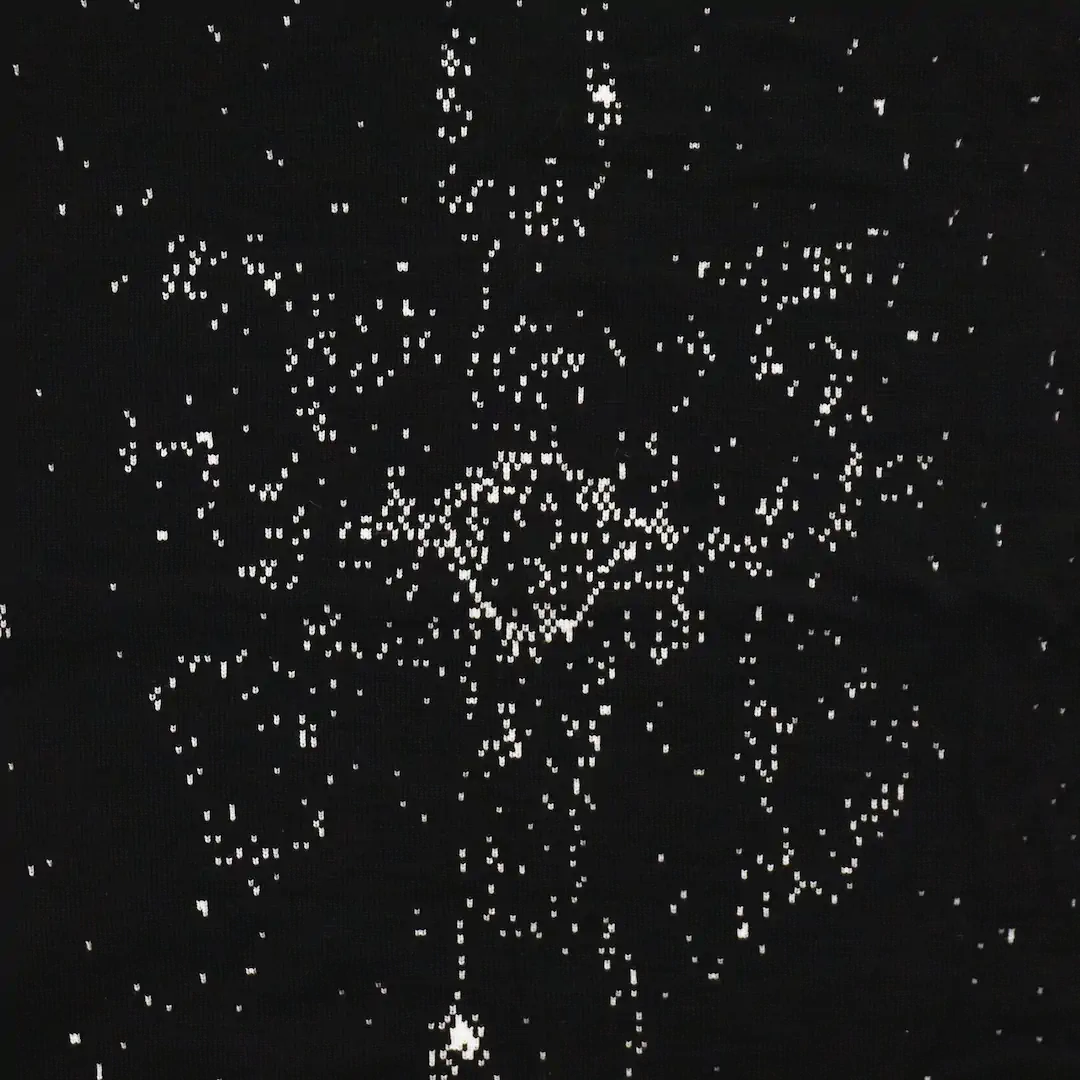
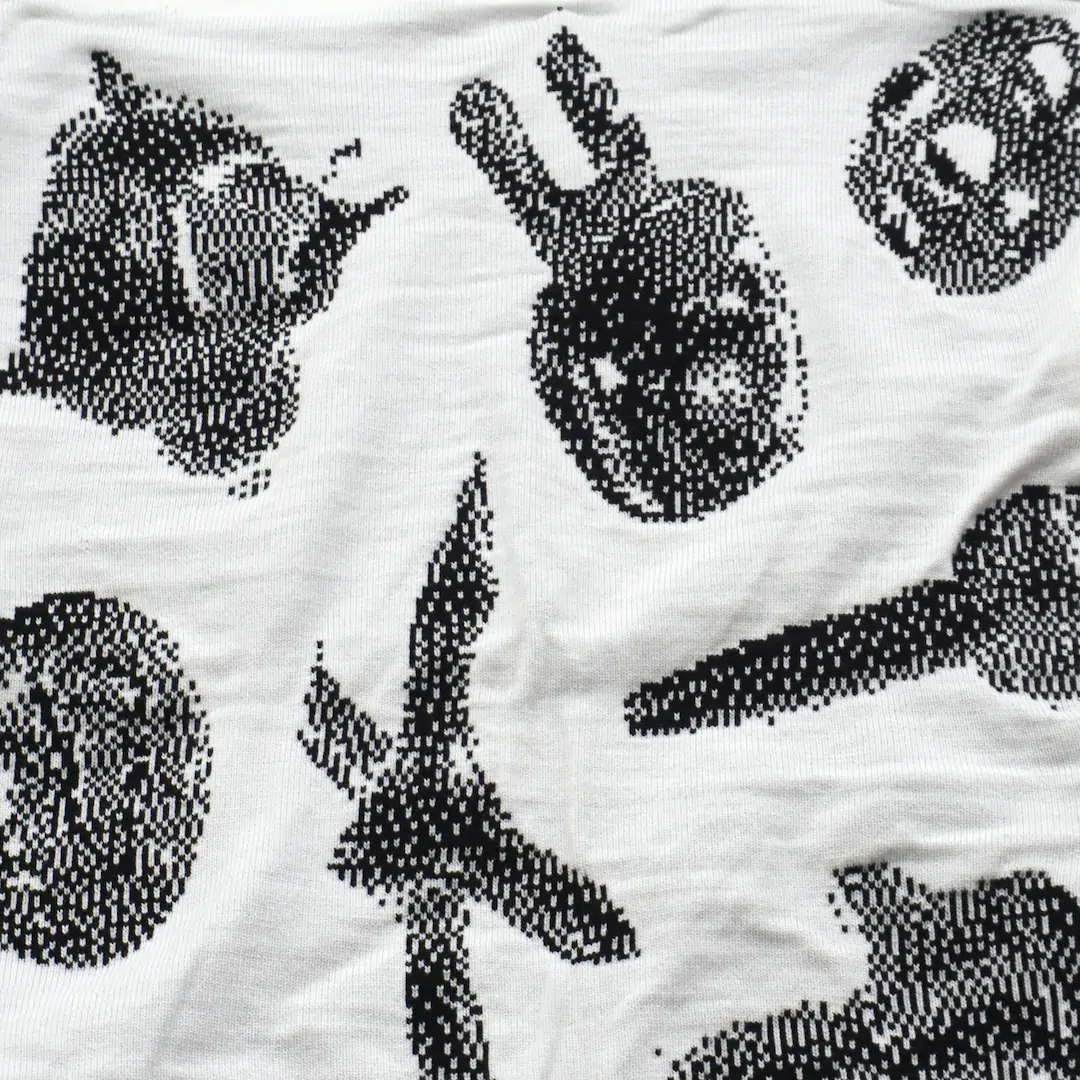
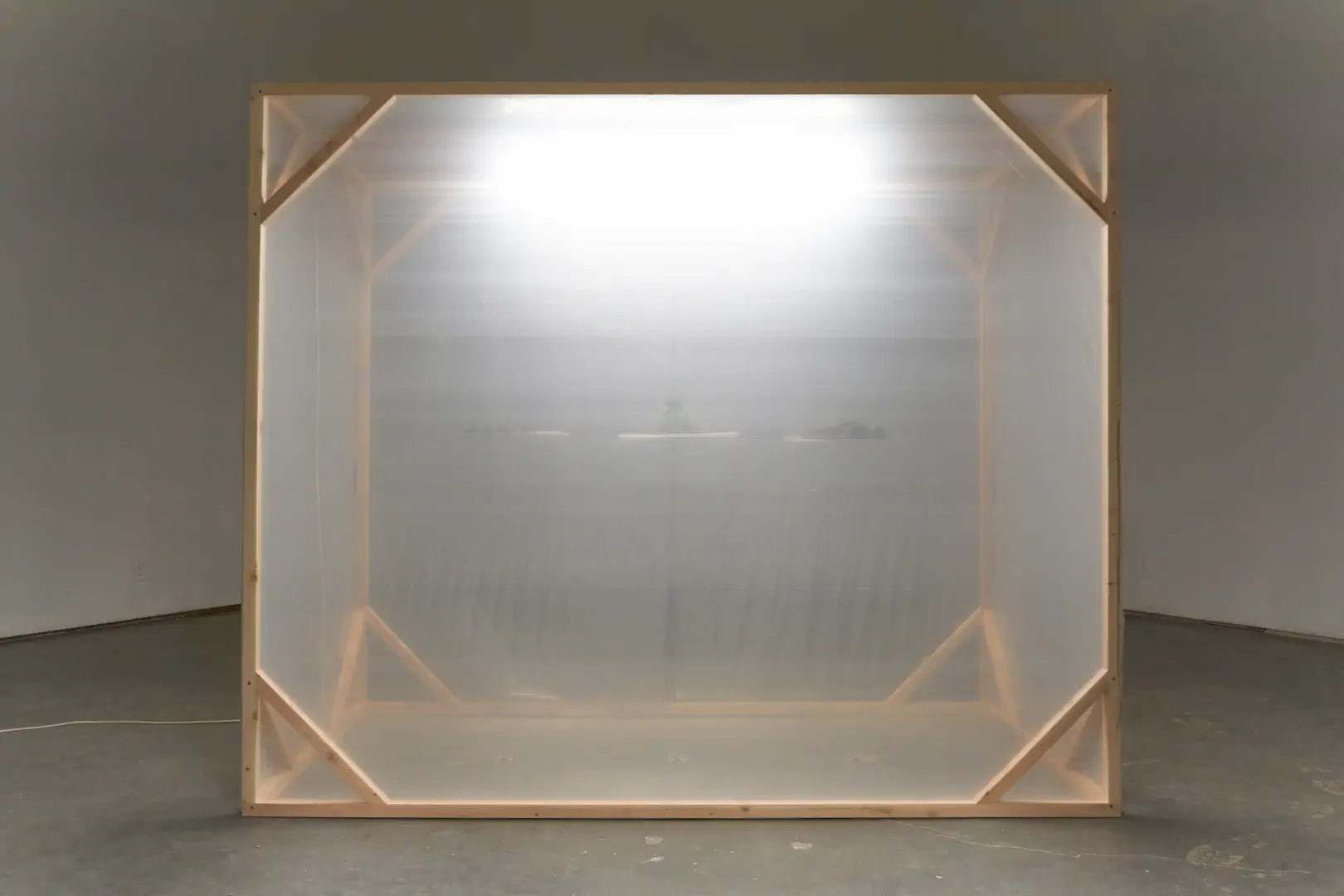
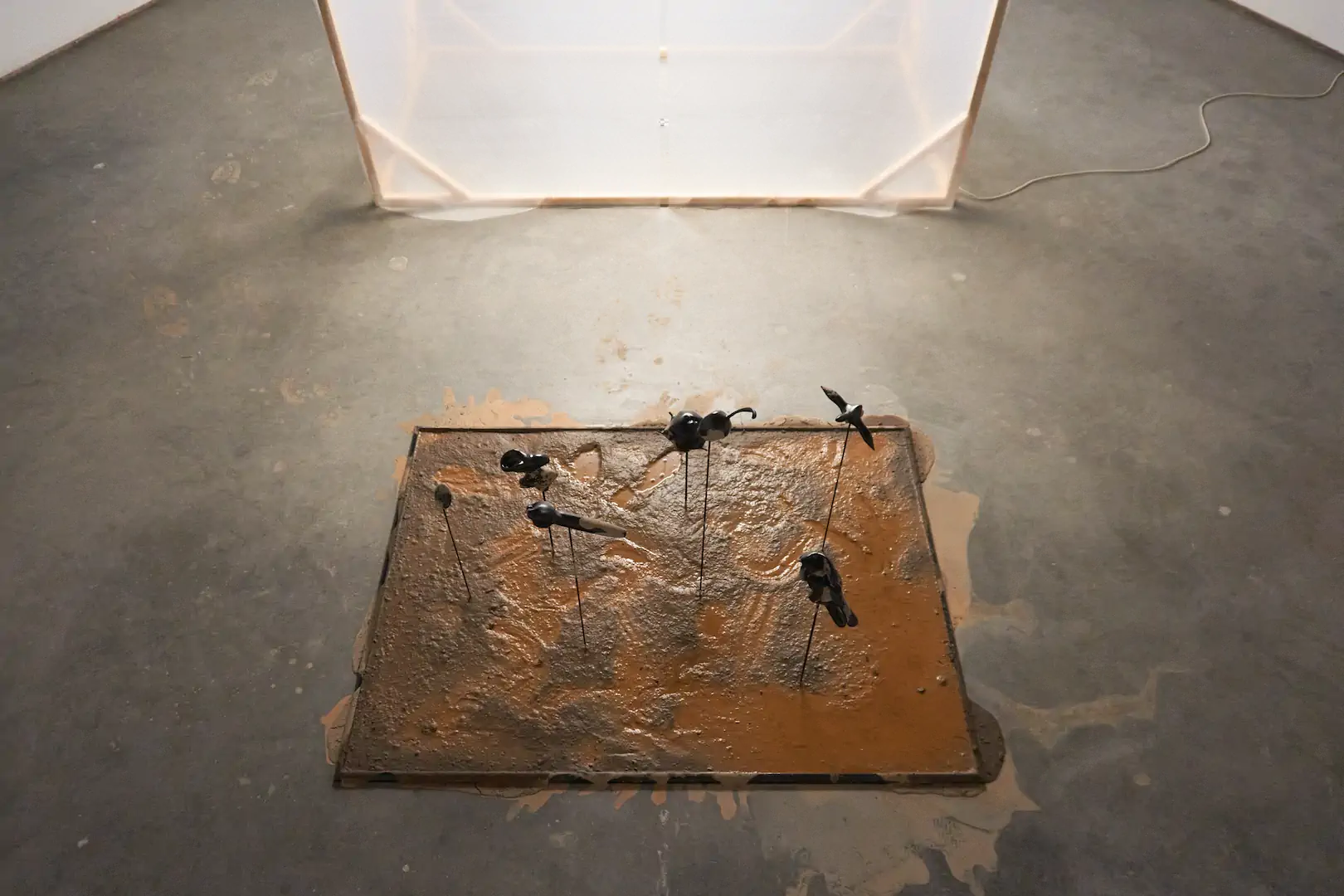
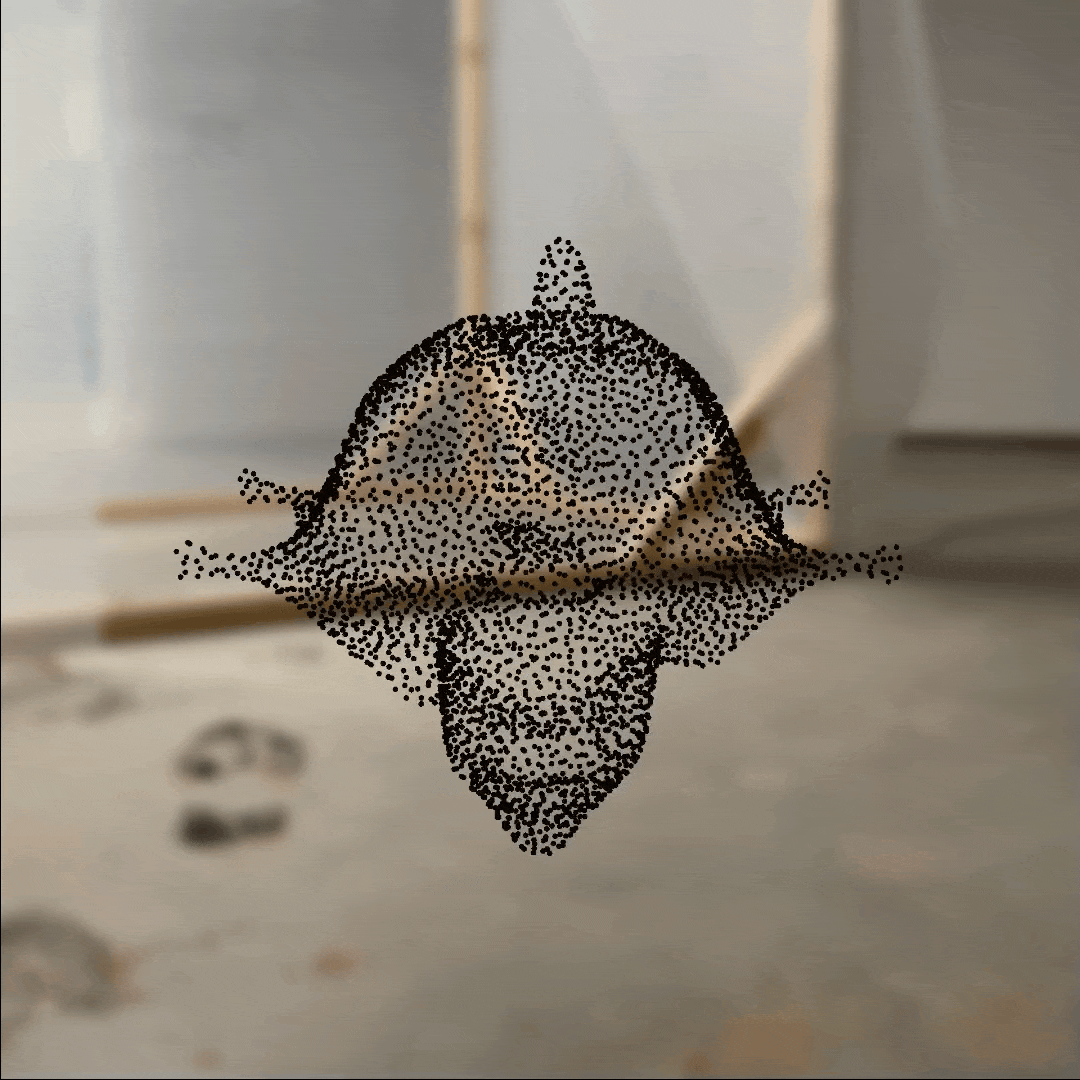
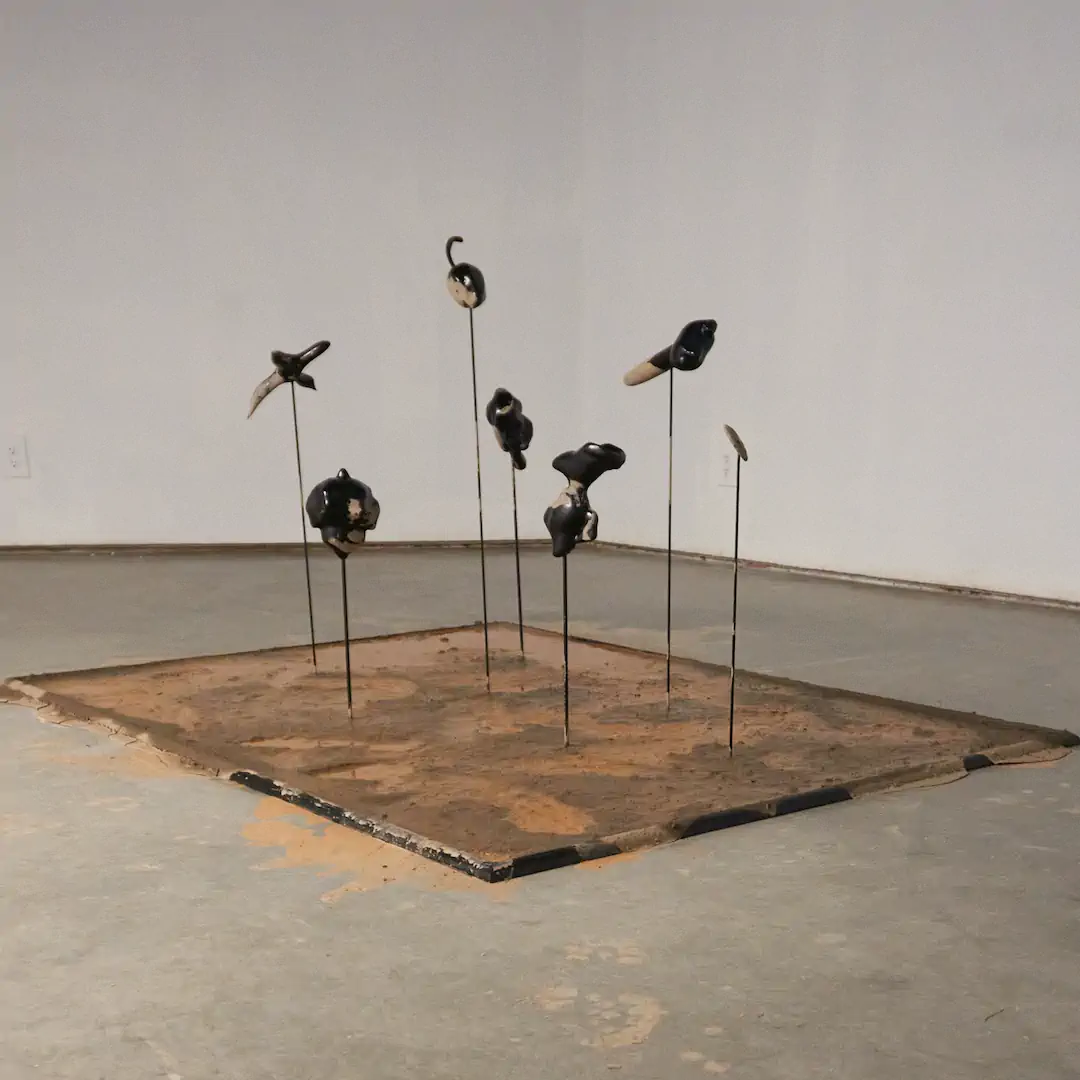
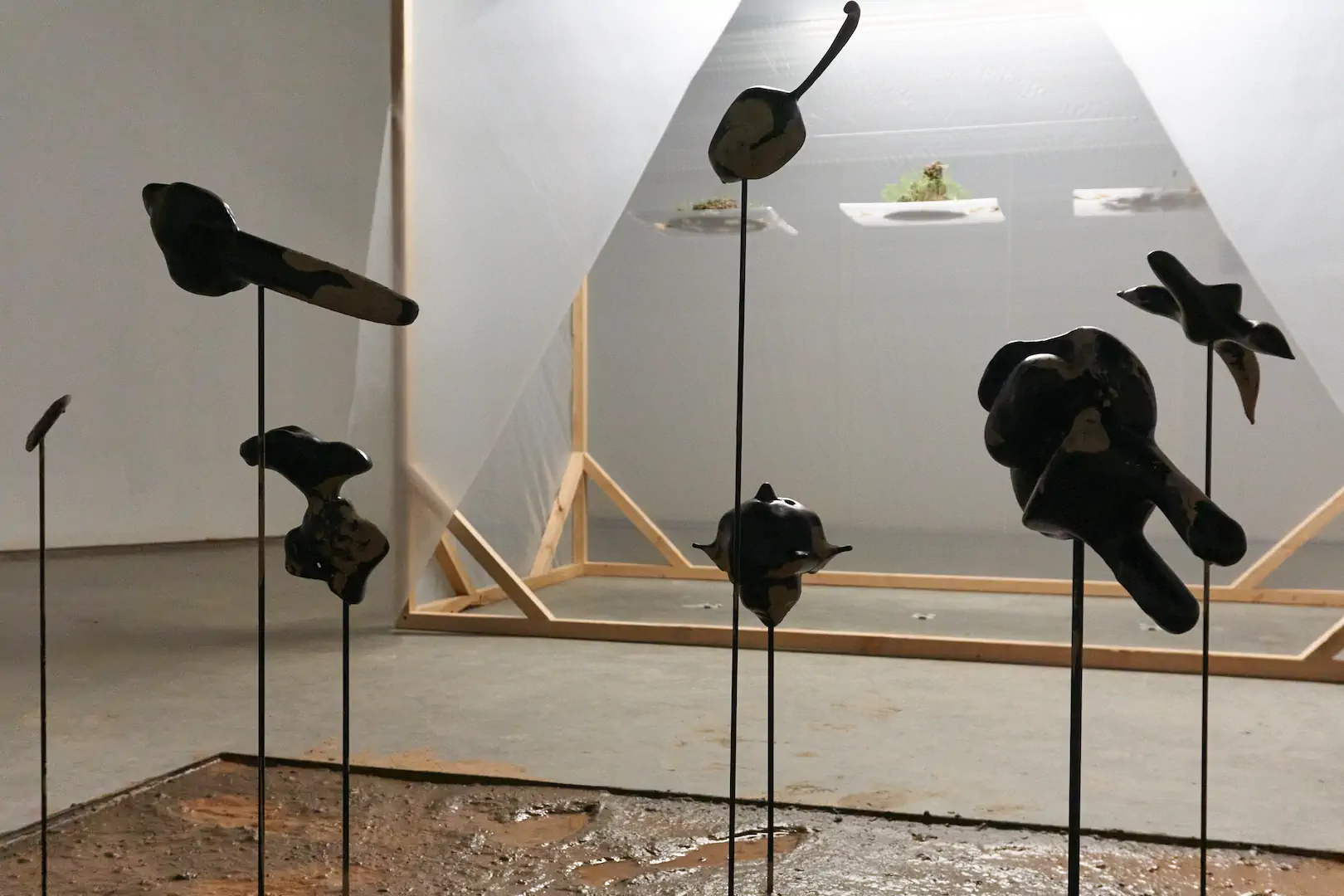

There are two predominant underlying passions behind my greater artistic practice. The first is my mission to physically manifest creative and imaginative ideas. The second is for the new and interesting role that contemporary technology can play in achieving that process. I am currently inspired by the aesthetics and implications of natural systems such as those of plants, animals, and humans. I would like to use these sources to make work that confounds and re-imagines the way in which our everyday lives are entangled with technology and machines. Using modern technology in conjunction with more historic methodologies such as ceramics is one way that I have been creating work that reexamines the predominant structural relationship that humans have with modern machines. These ambitions have also taken shape with my use technologies such as digital fabrication, machine learning, photogrammetry, augmented reality, and mechatronics in collaboration with methodologies like woodworking, sculpting, and welding. These explorations serve to help me better embody my goal of a social practice that can bring people together and start conversations about individuality and community in relation to technology, time, and earthly structures.










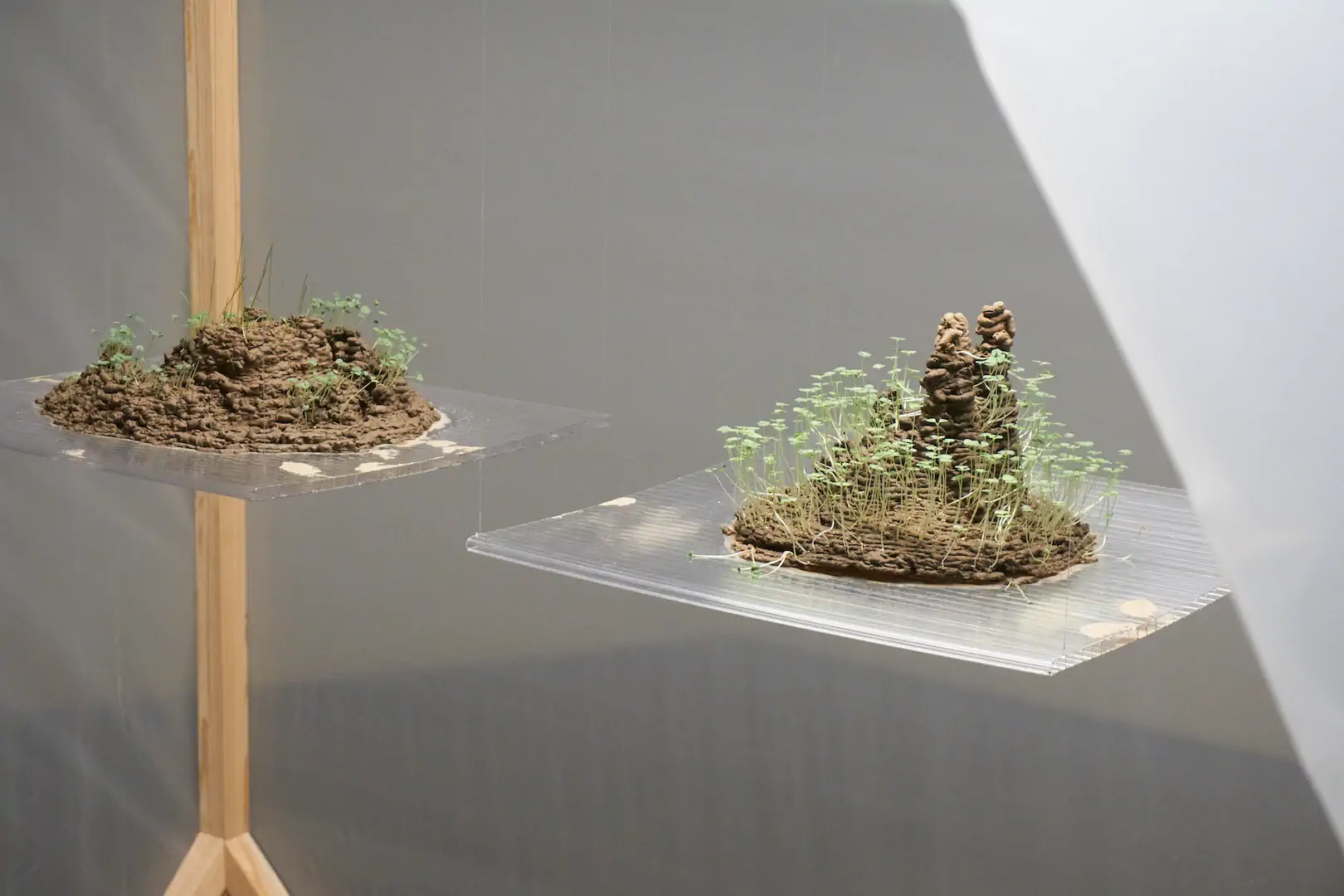

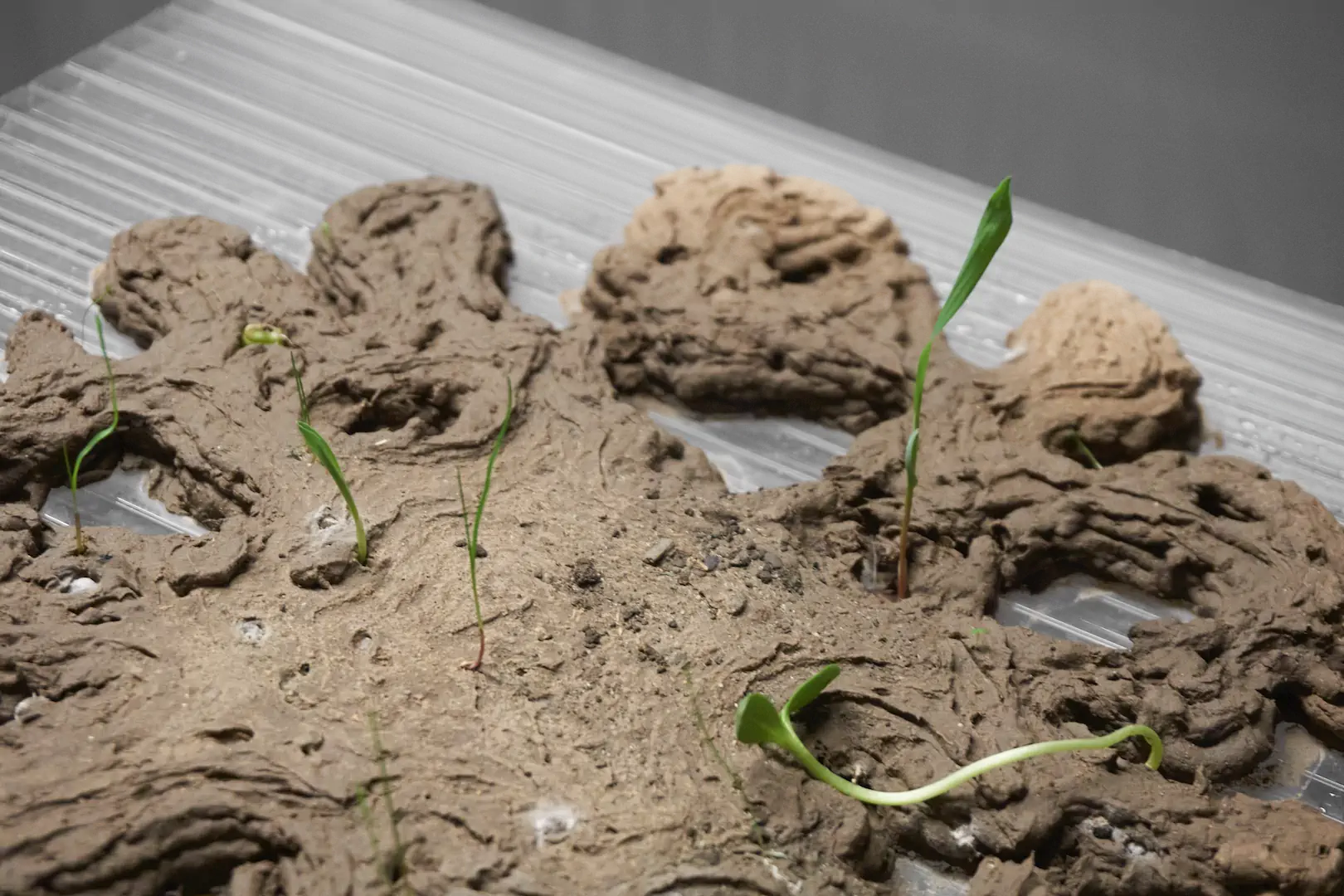
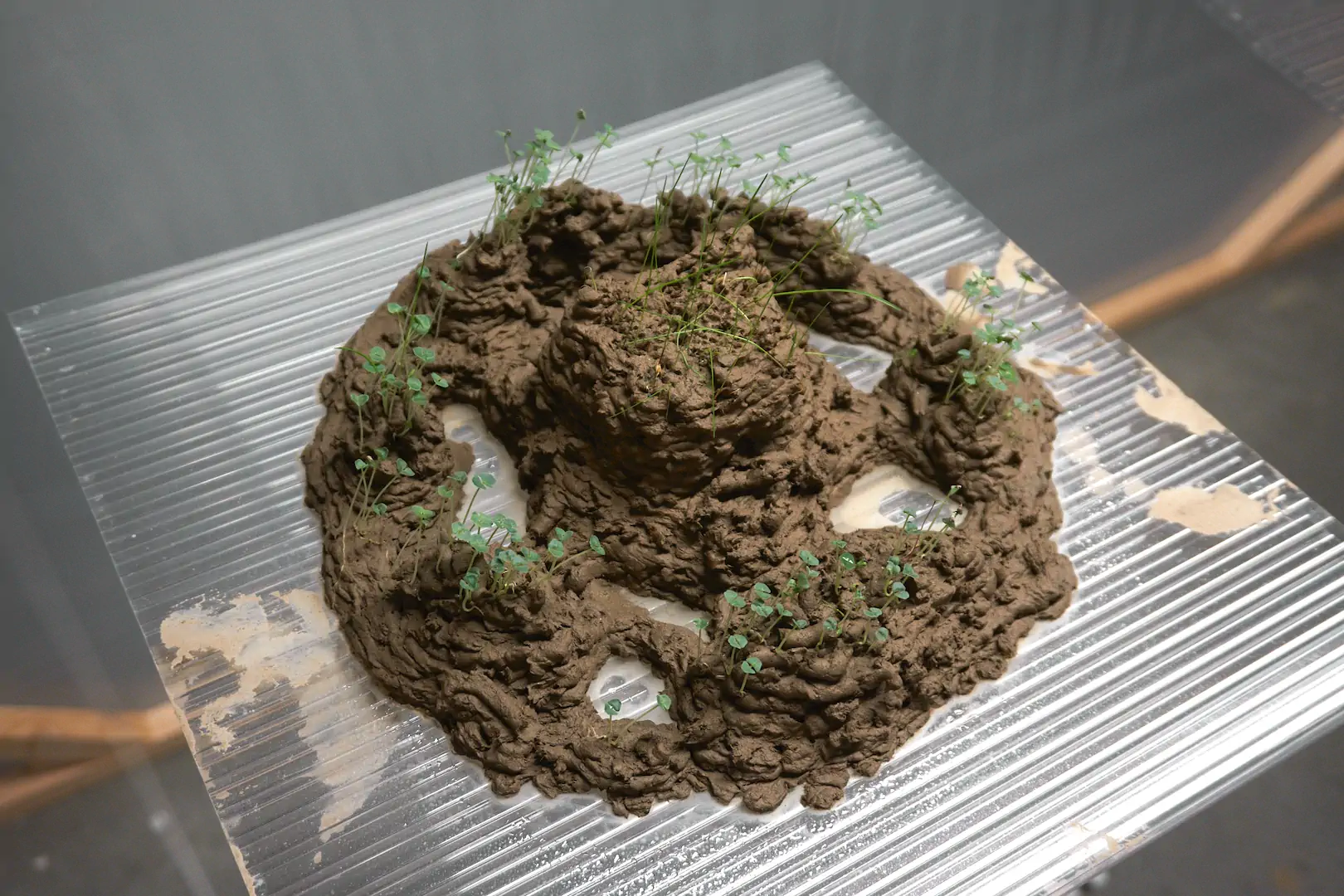
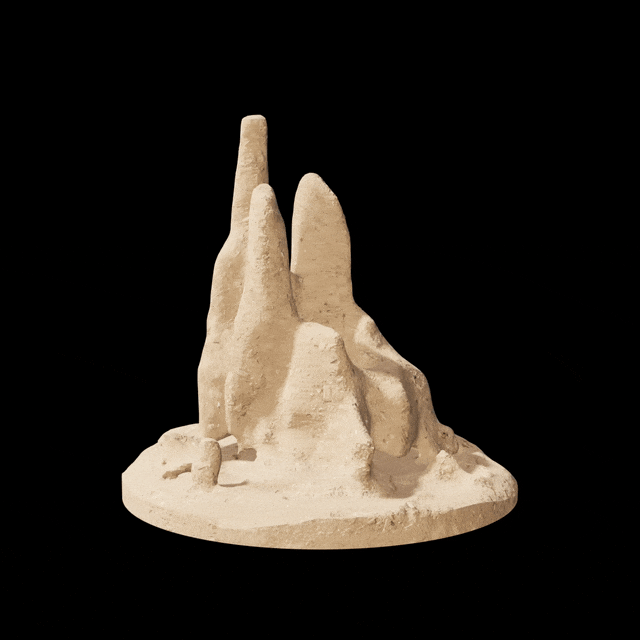
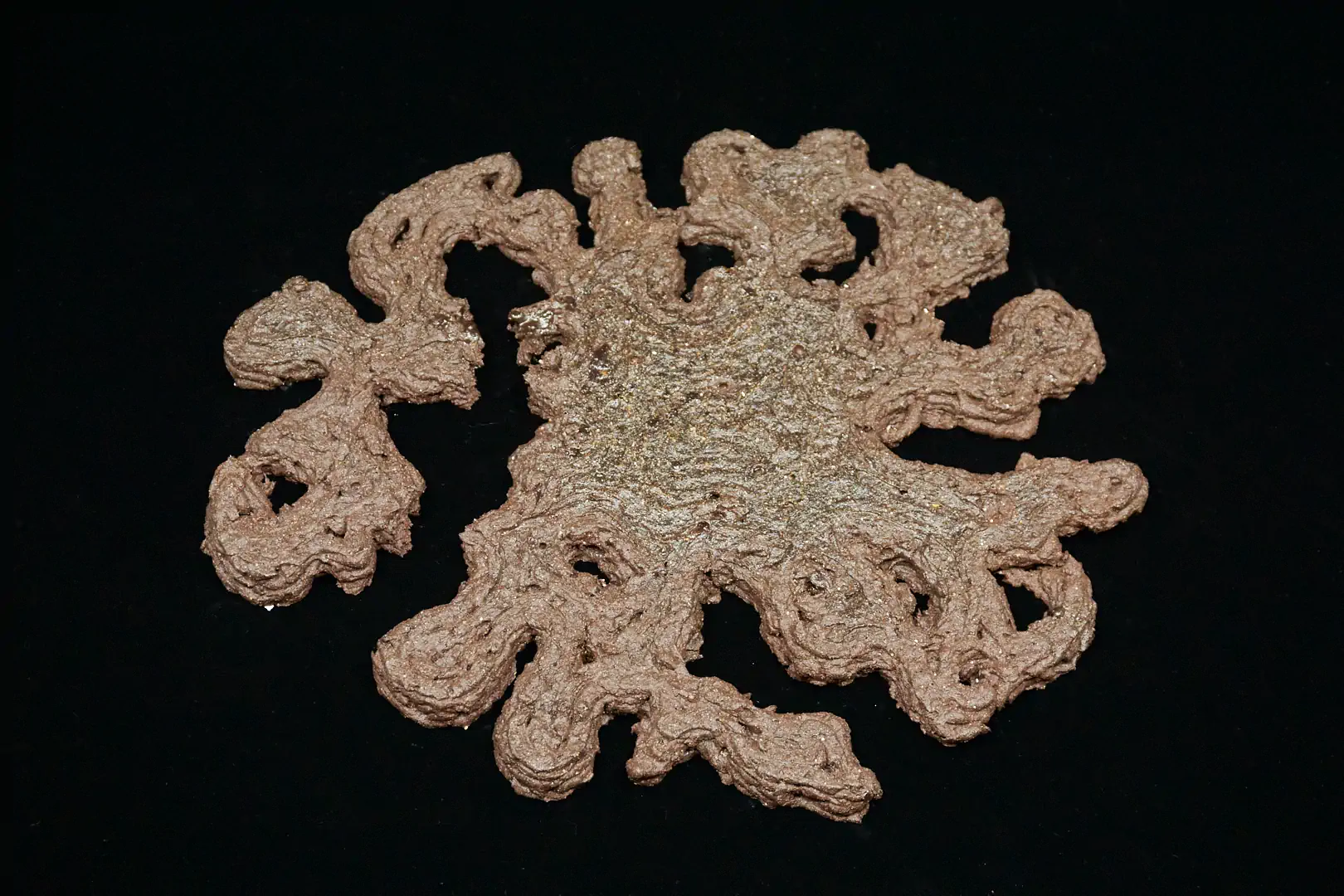
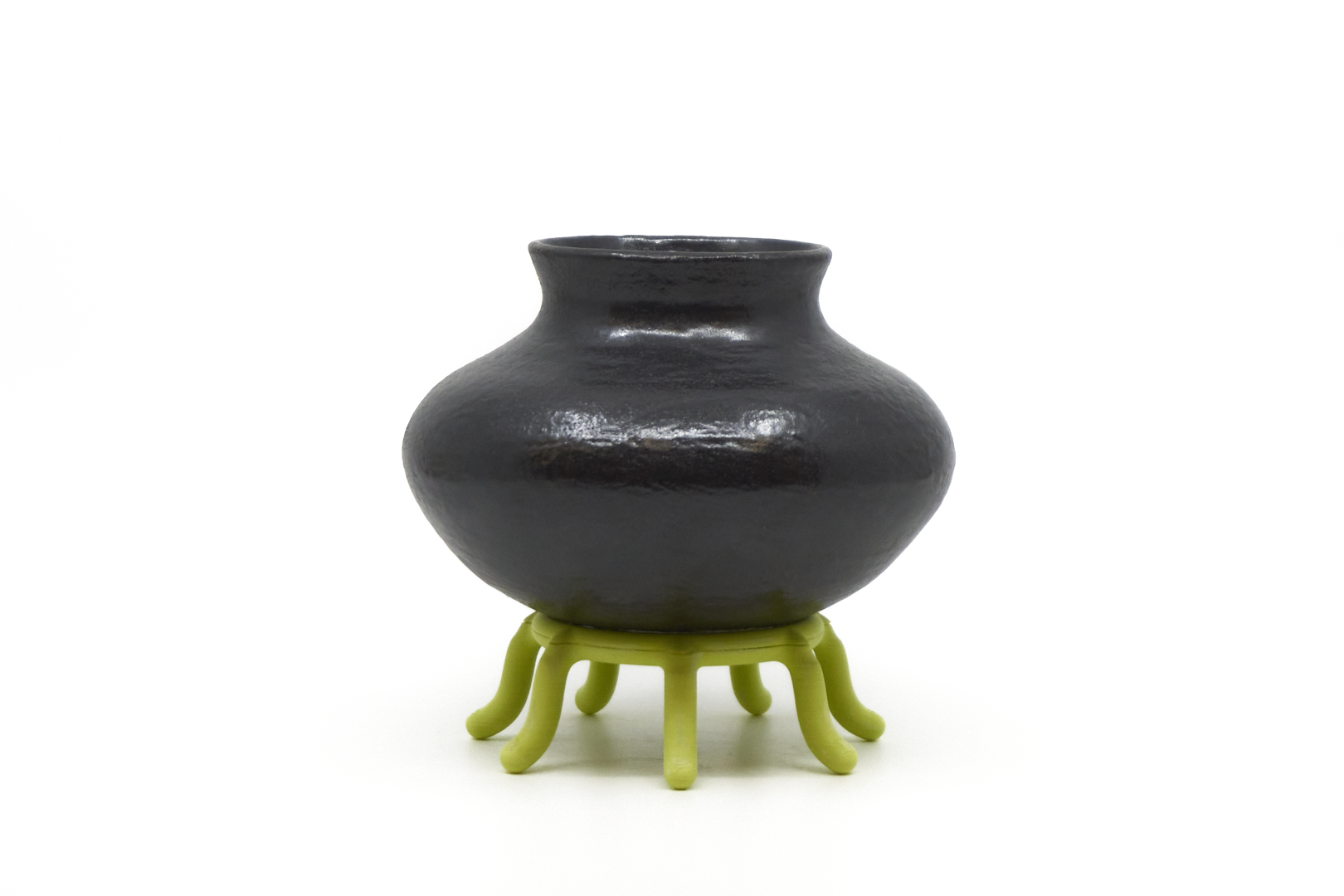
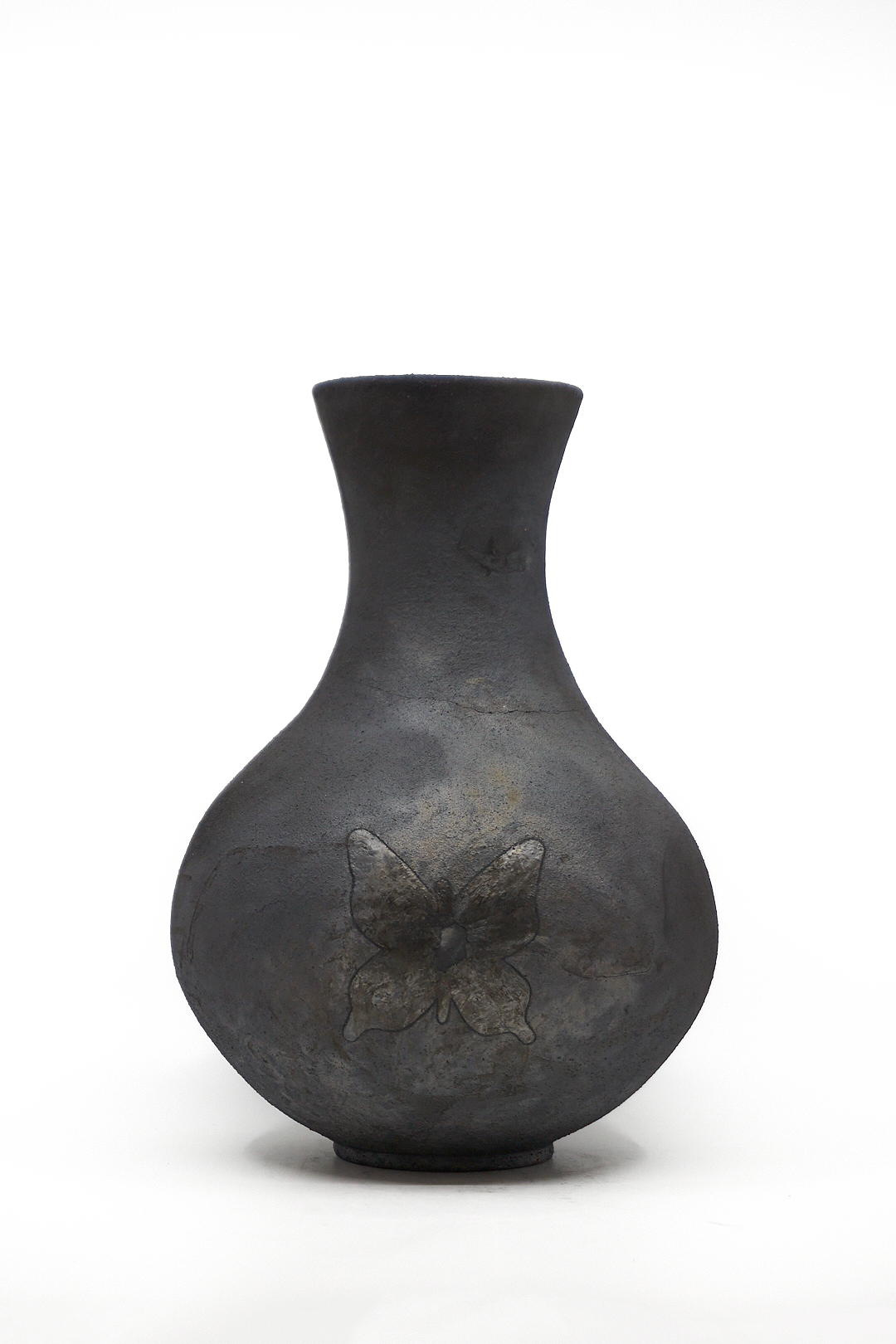
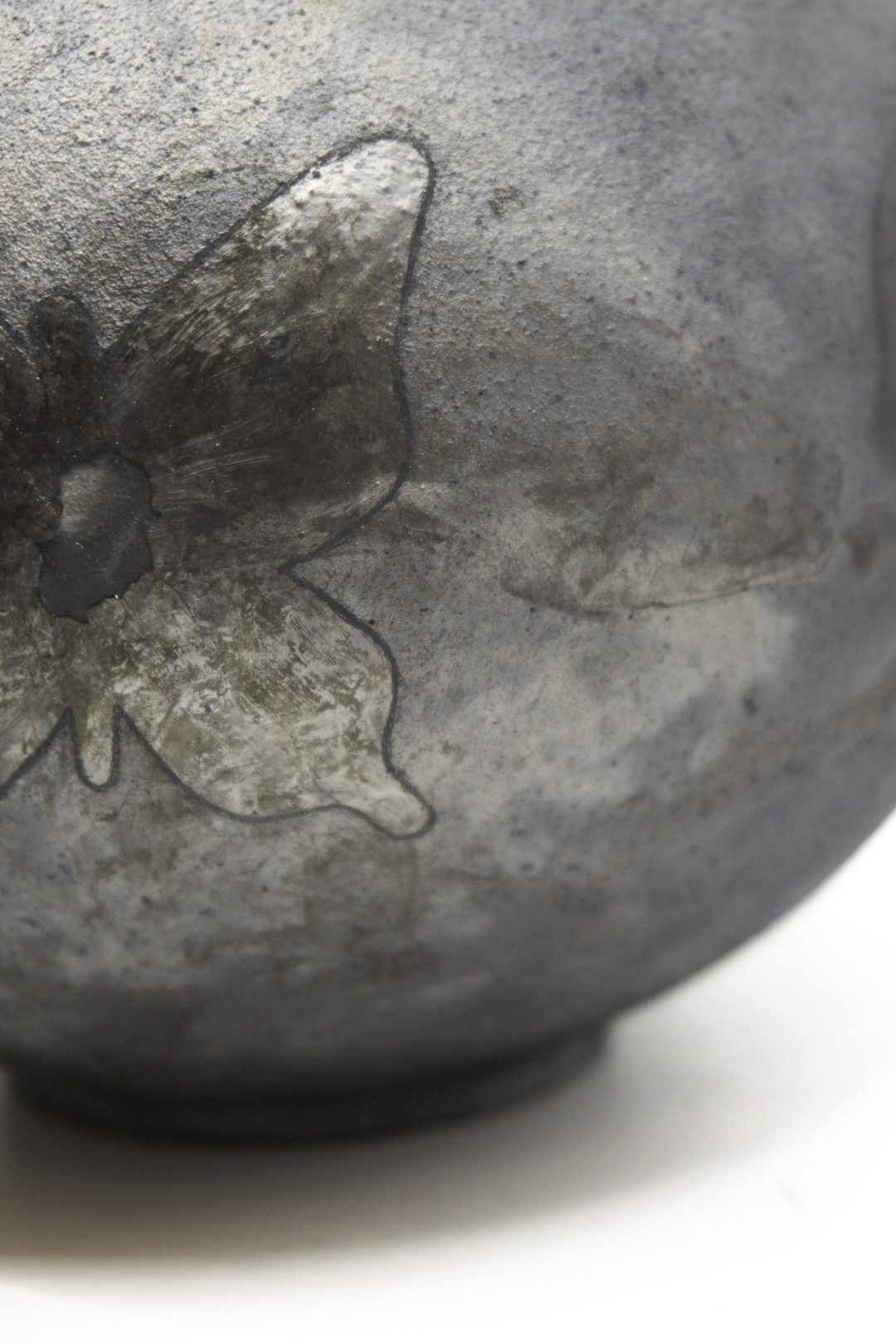
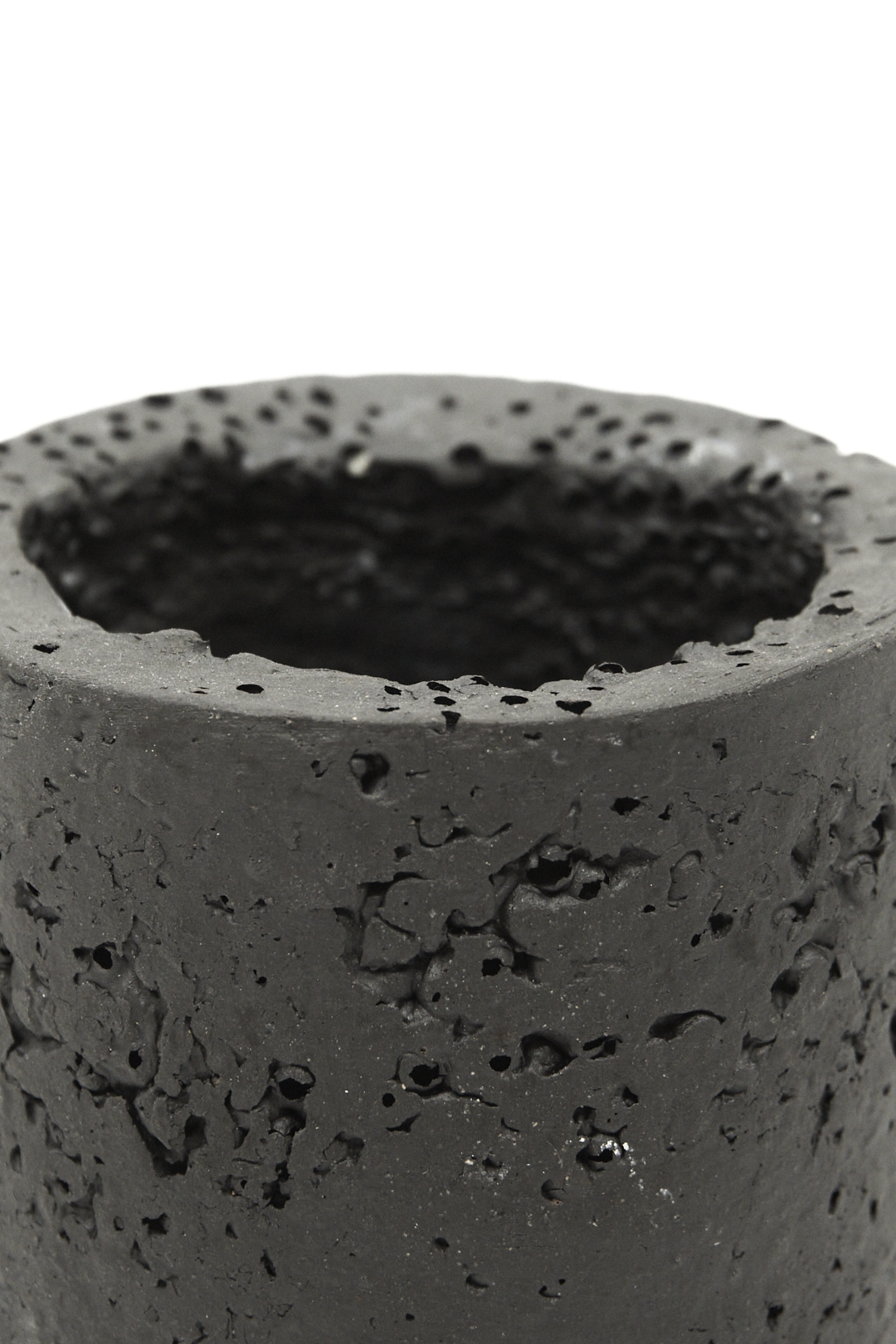
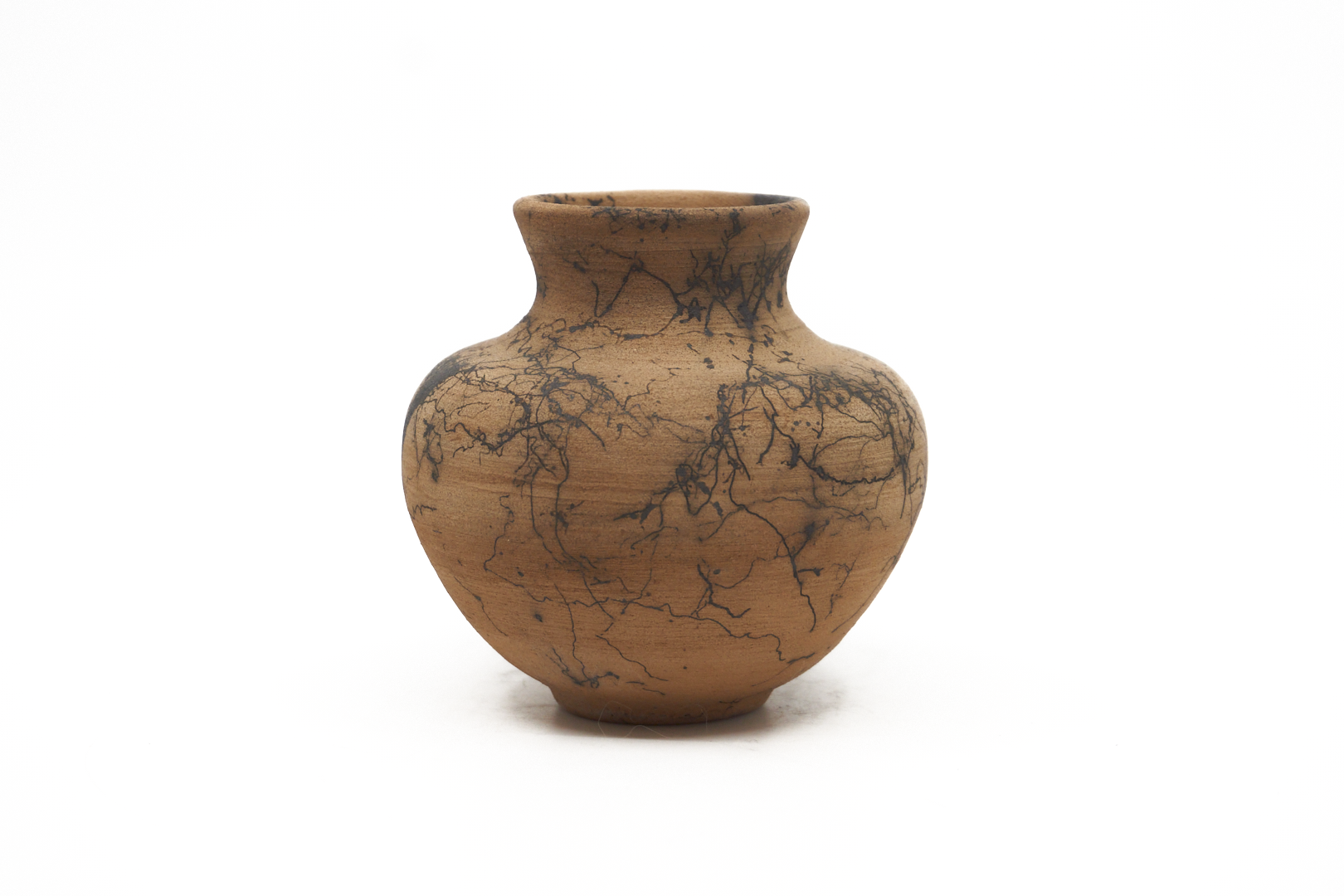
Watching machine learning continue to gain ubiquity and seep into every computational crack of society has me comparing these systems to religion. For this installation, I took the idea further by training a language model on ancient religious texts so that it could then form its own prophetic phrases. I built a physical system which would then dynamically render these generated words on a non-light-emitting display that is enshrined with a monolithic earth object. The system detects the presence of a participant using an ultrasonic sensor, triggering the display to show a new text.

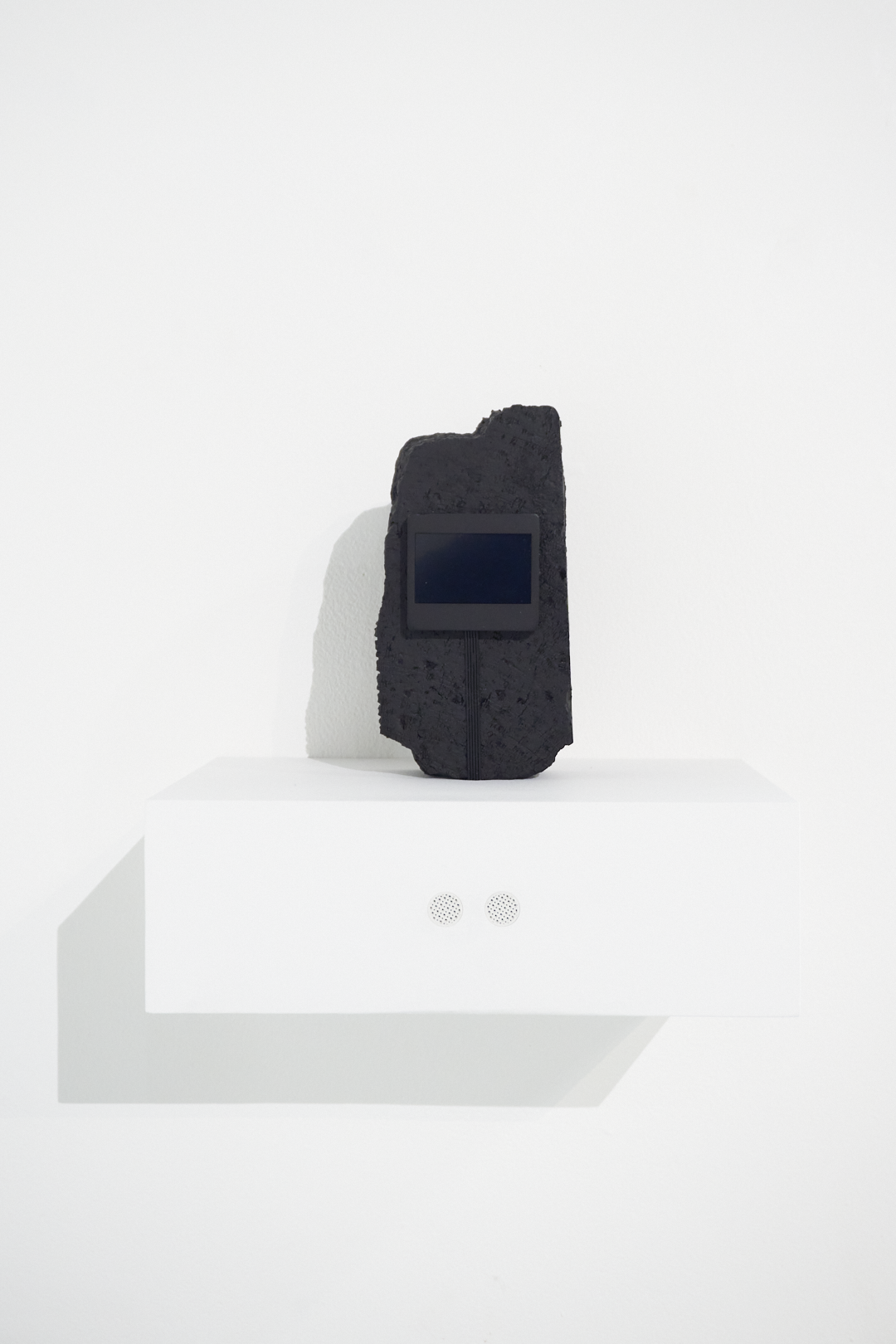
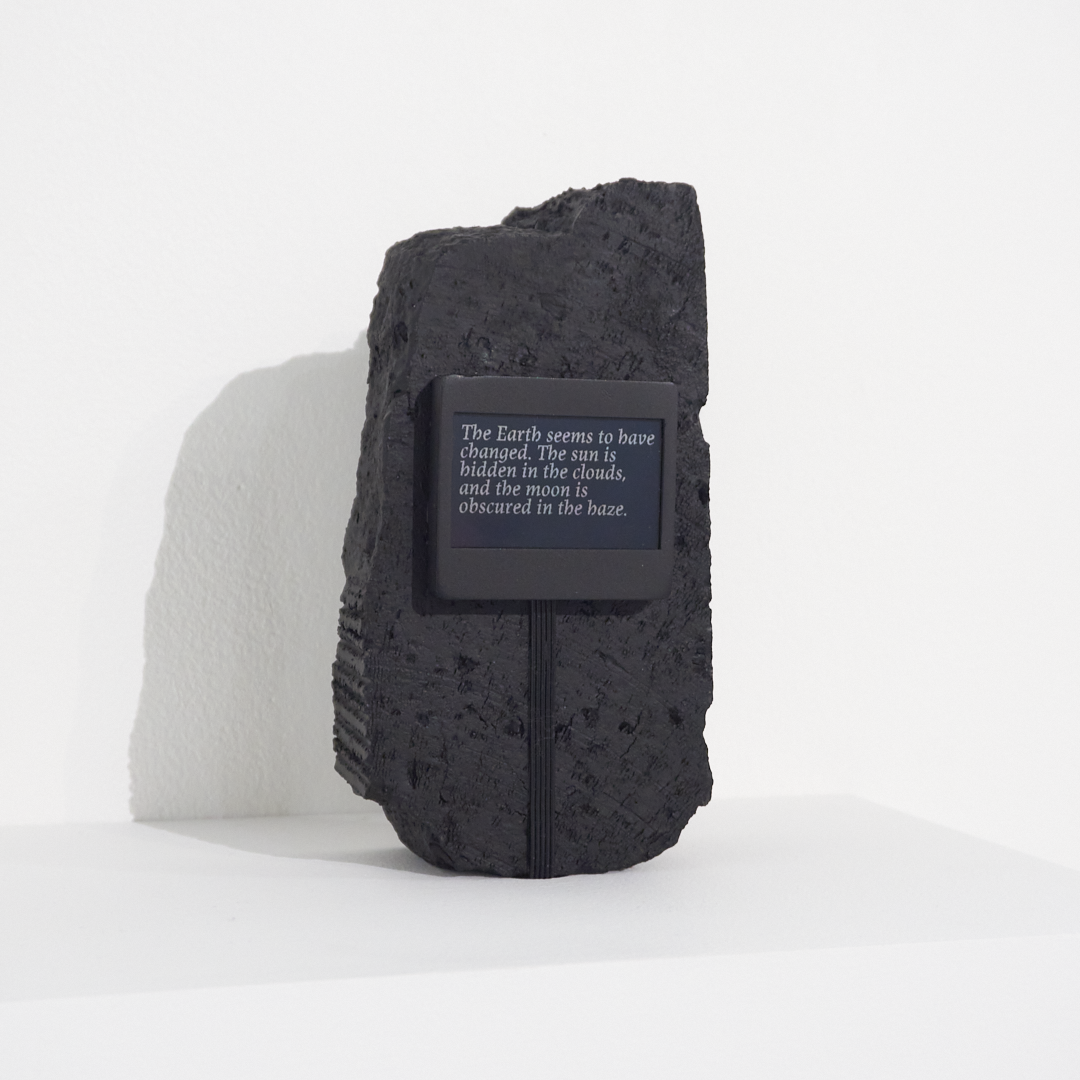
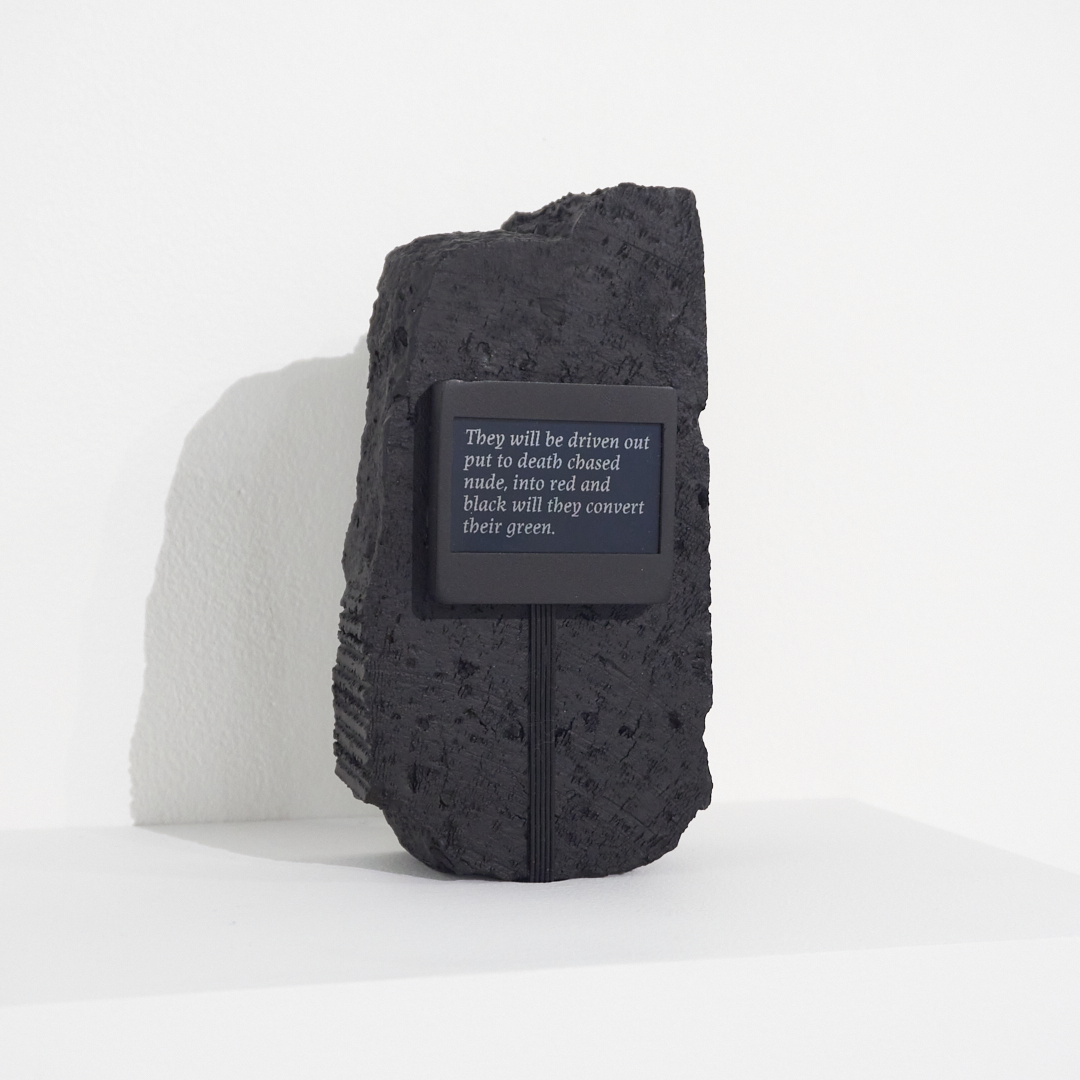

This is a collection of technological translations of a handmade artifact. The original clay pot was scanned with photogrammetry as a way to virtualize it and create a starting point for reimagining the way in which its objecthood could be interpreted. The first translation is via a methodology developed to re-build it in clay voxels. The vessel is also replicated through additive digital fabrication in the form of a clay extrusion as well as a finer scale plastic extrusion. To reimagine it further, a web hosted vessel exists. This vessel which can be experienced through augmented reality by scanning the QR code on a small clay obelisk. The digital object can also be viewed as a computer generated render which is displayed on a small lcd screen. The data for the digital mesh is also available to be explored through a physical book which contains all the vertex information from the virtual object.
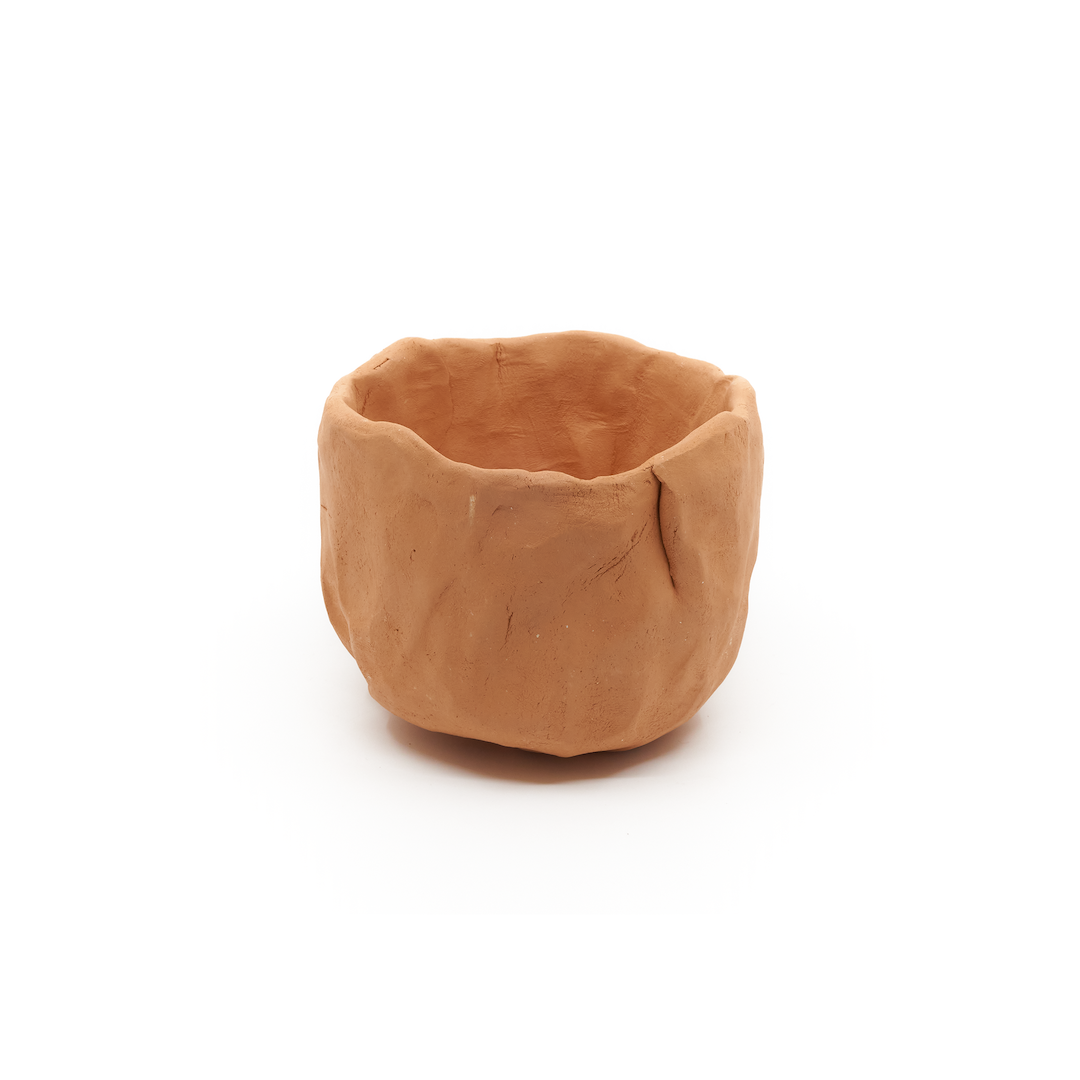
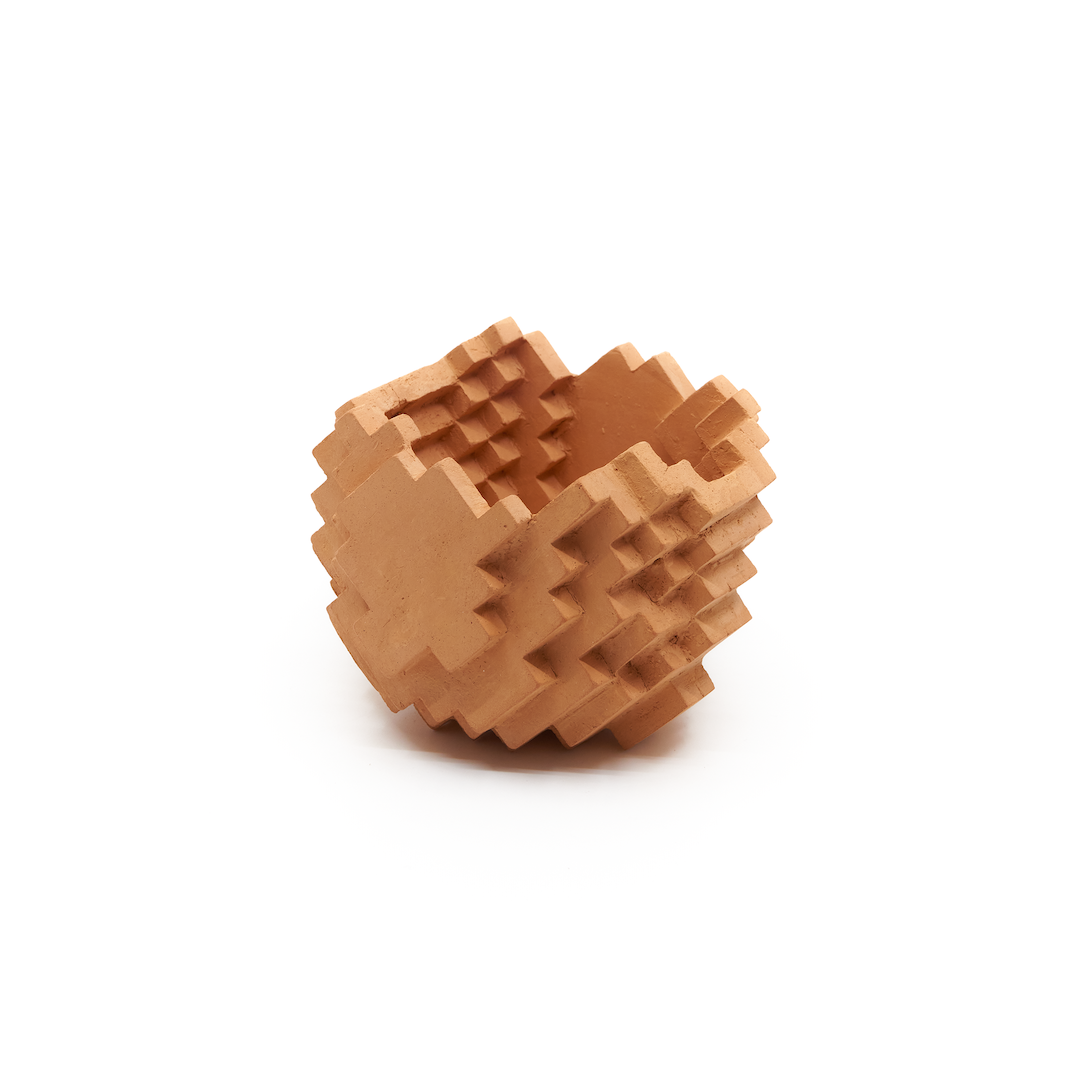
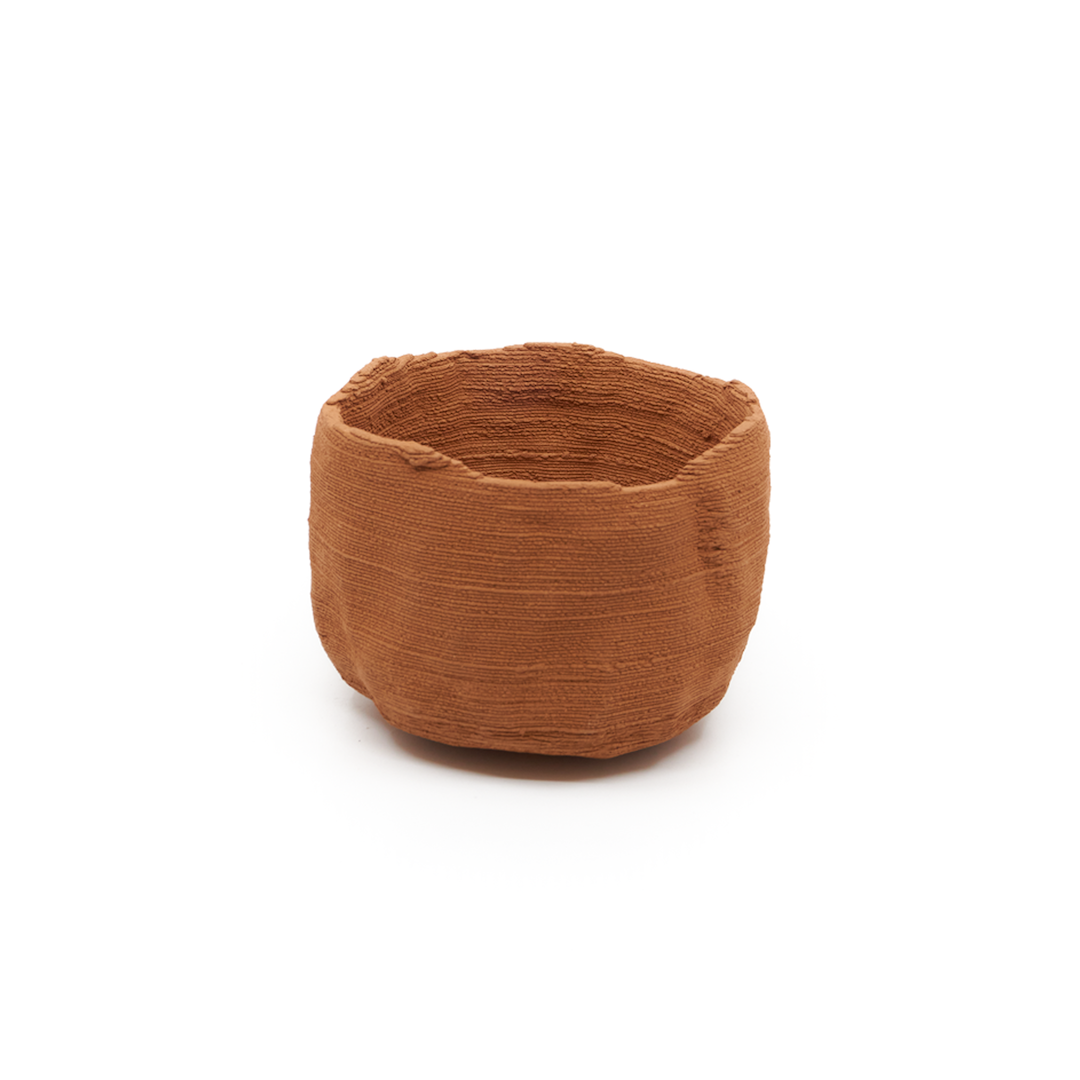
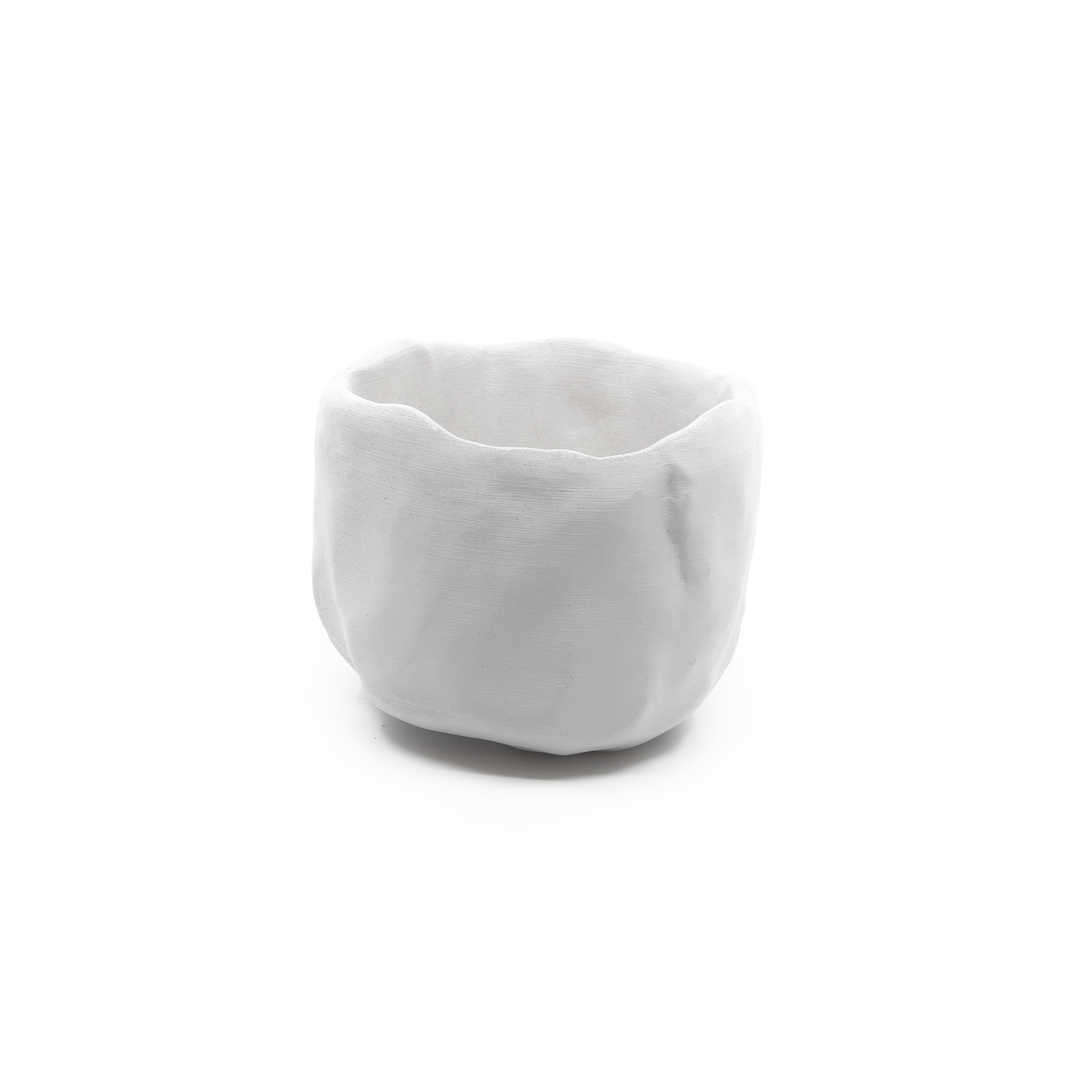

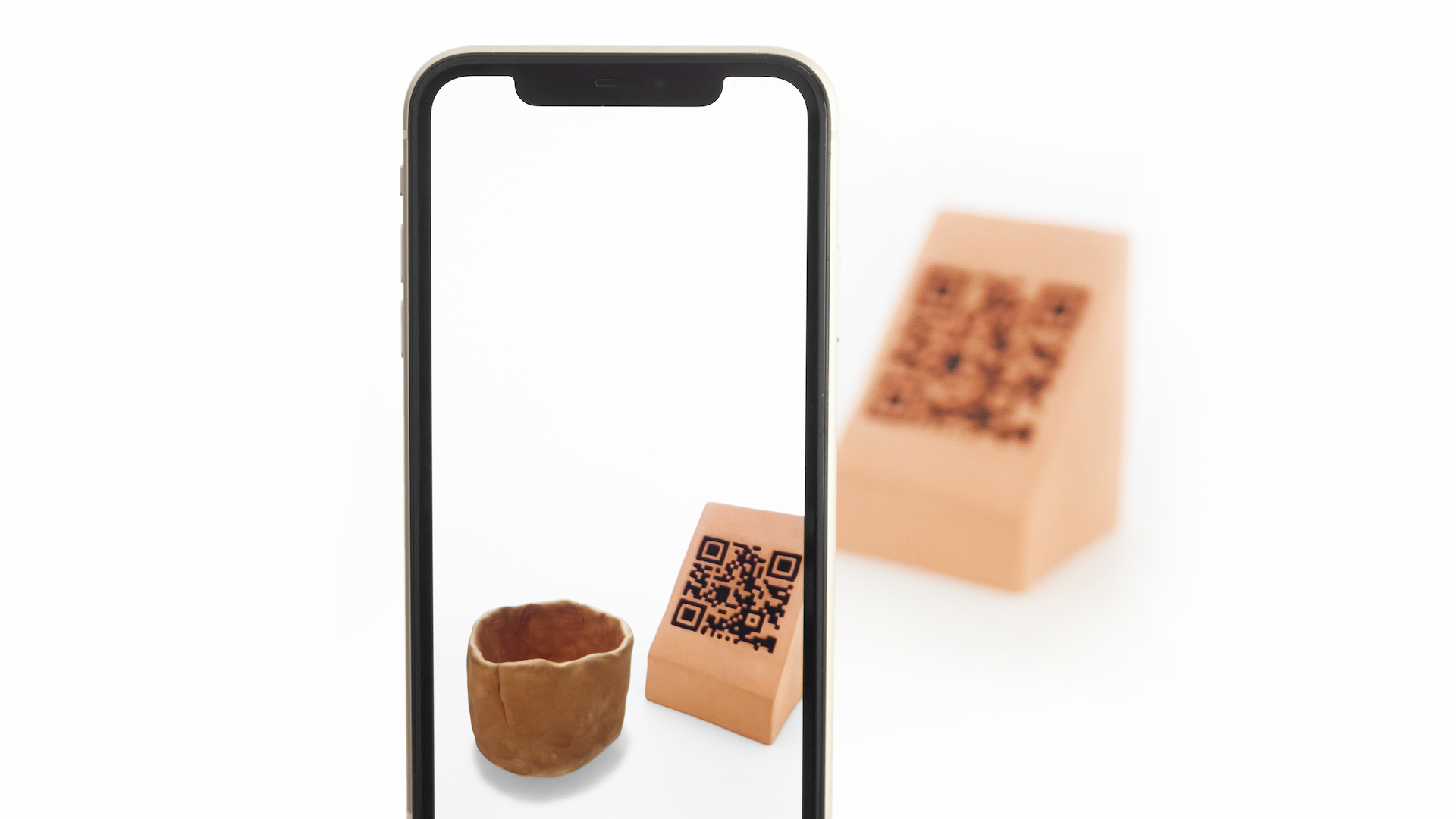
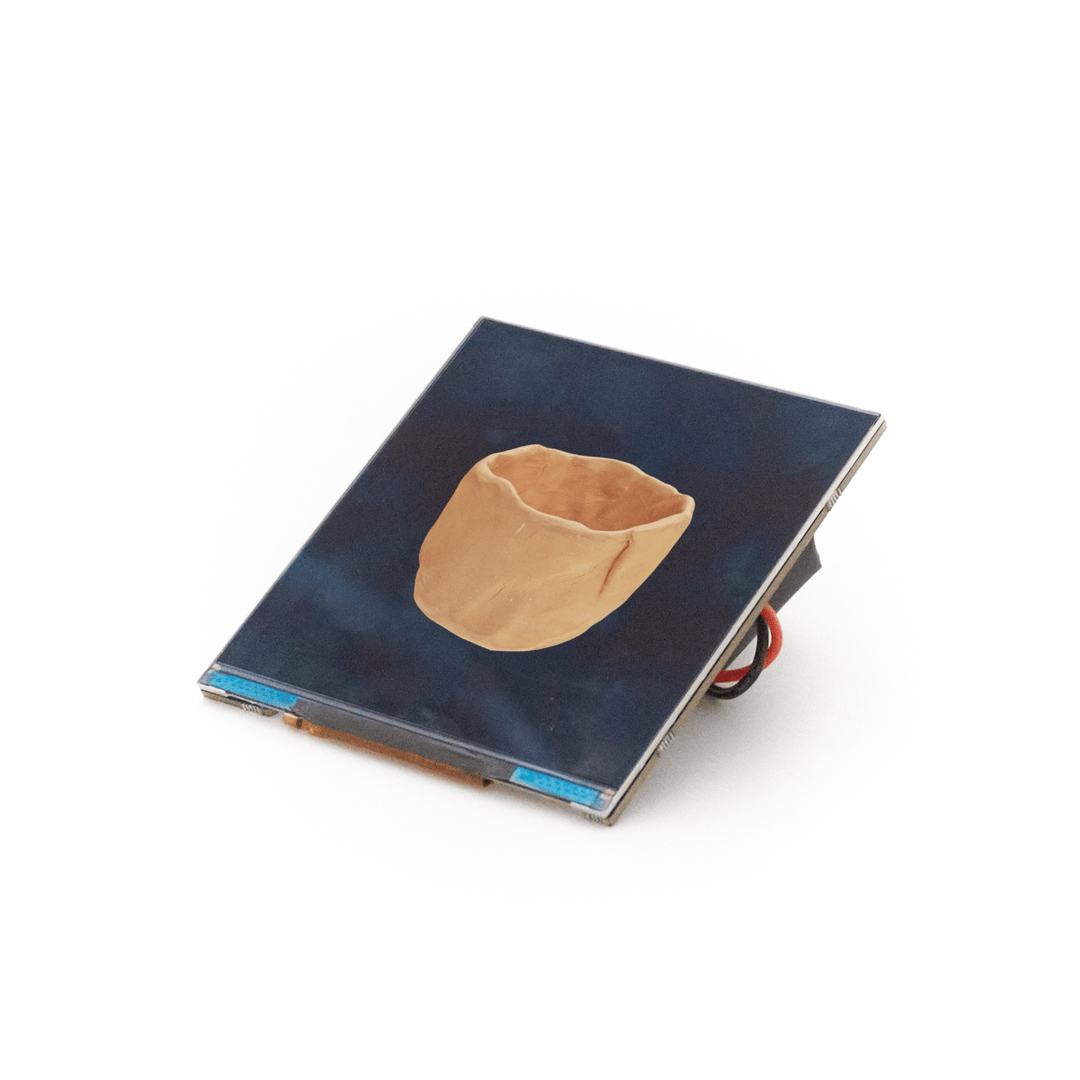

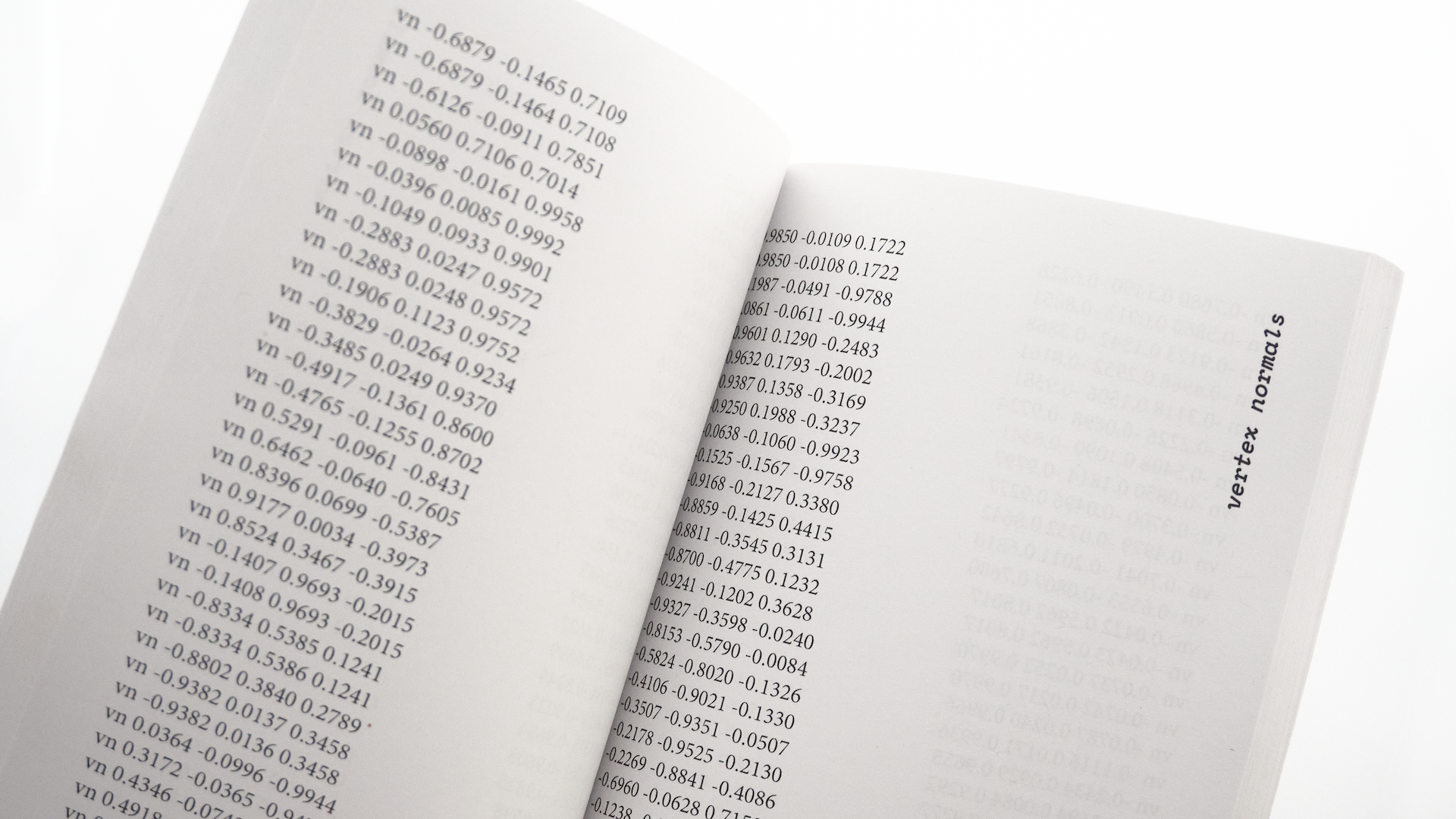
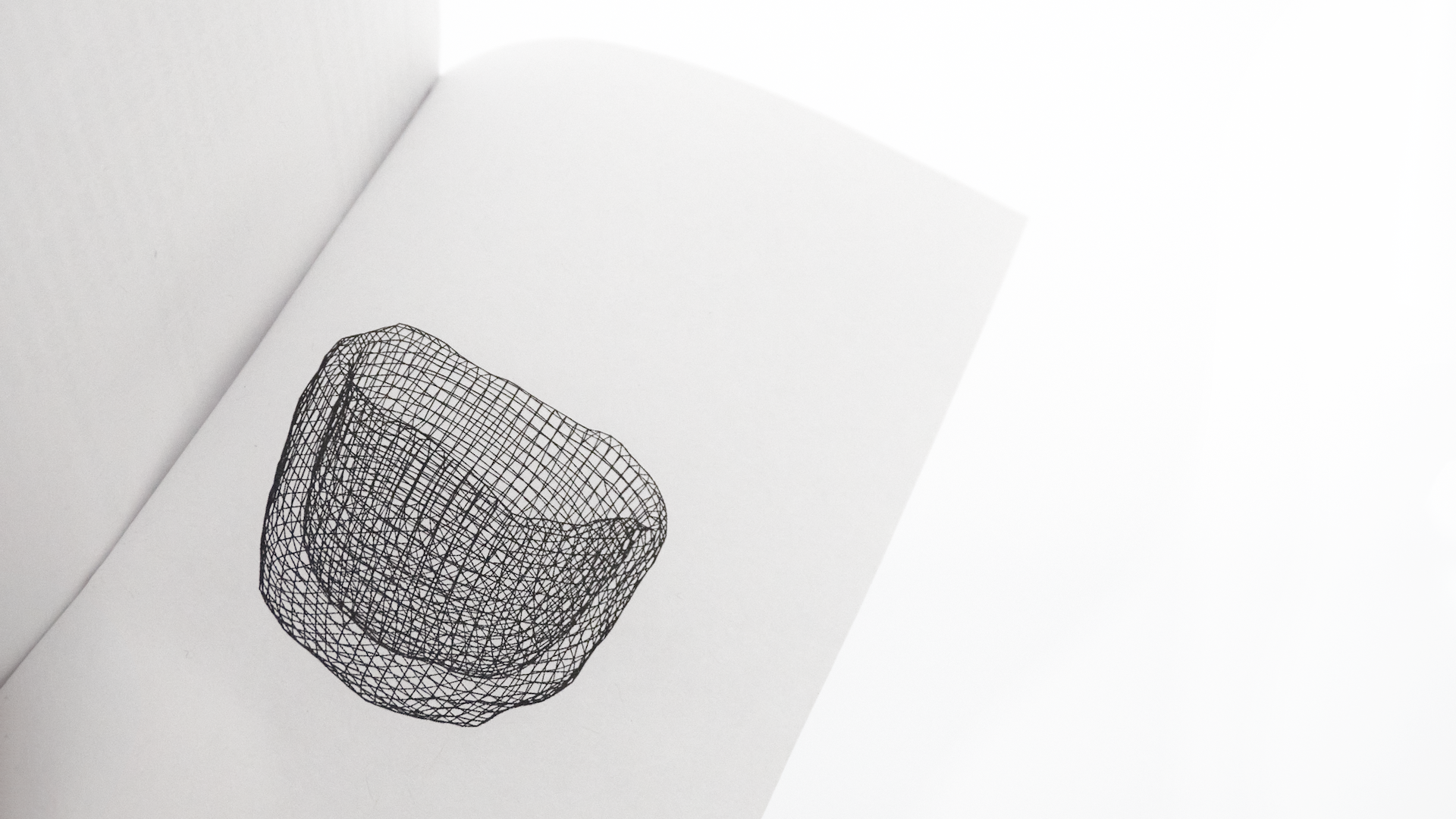
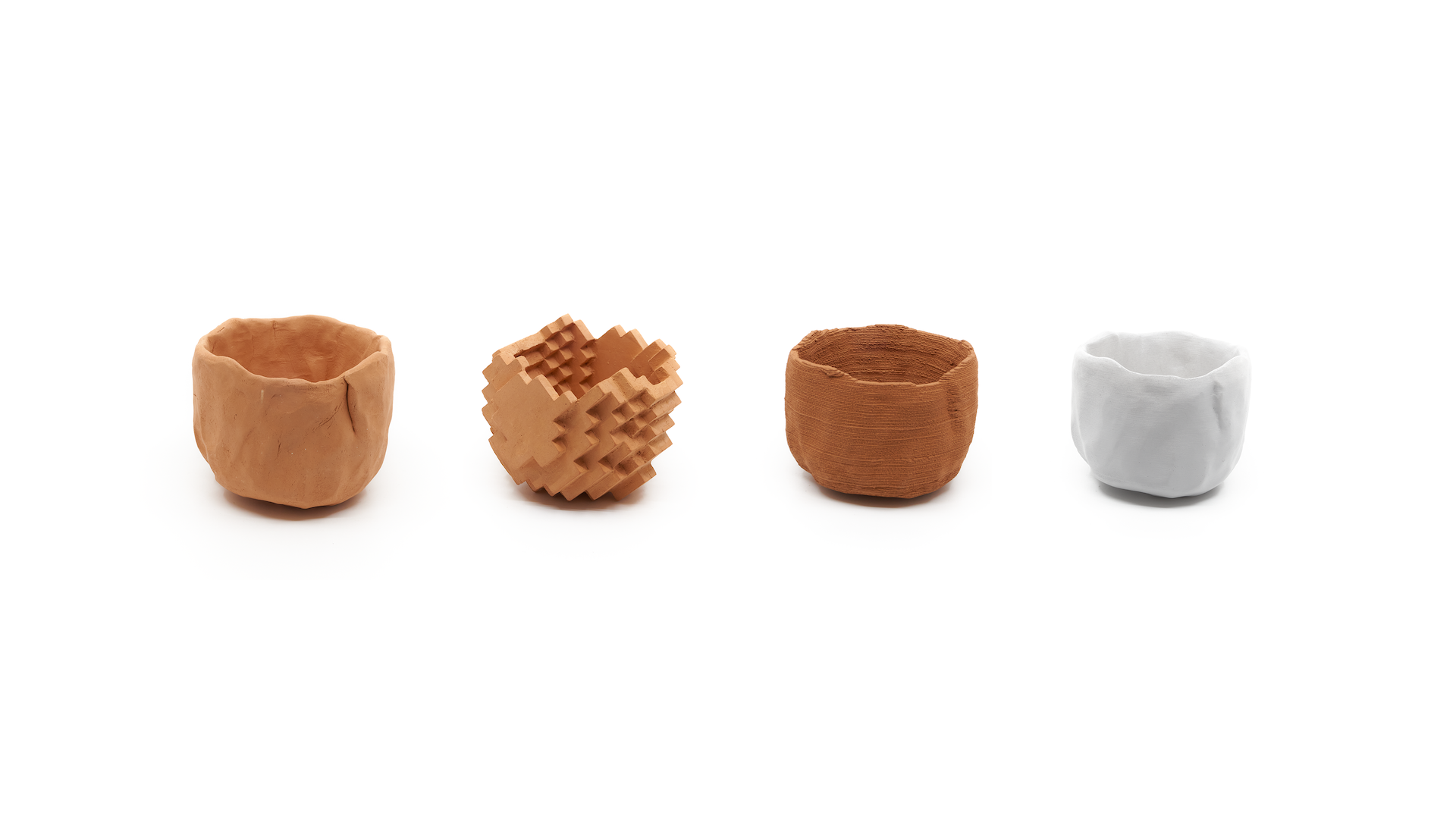

This 3d printed planter is designed as a two part system which seamlessly integrates the snap on drainage tray with the form of the piece.

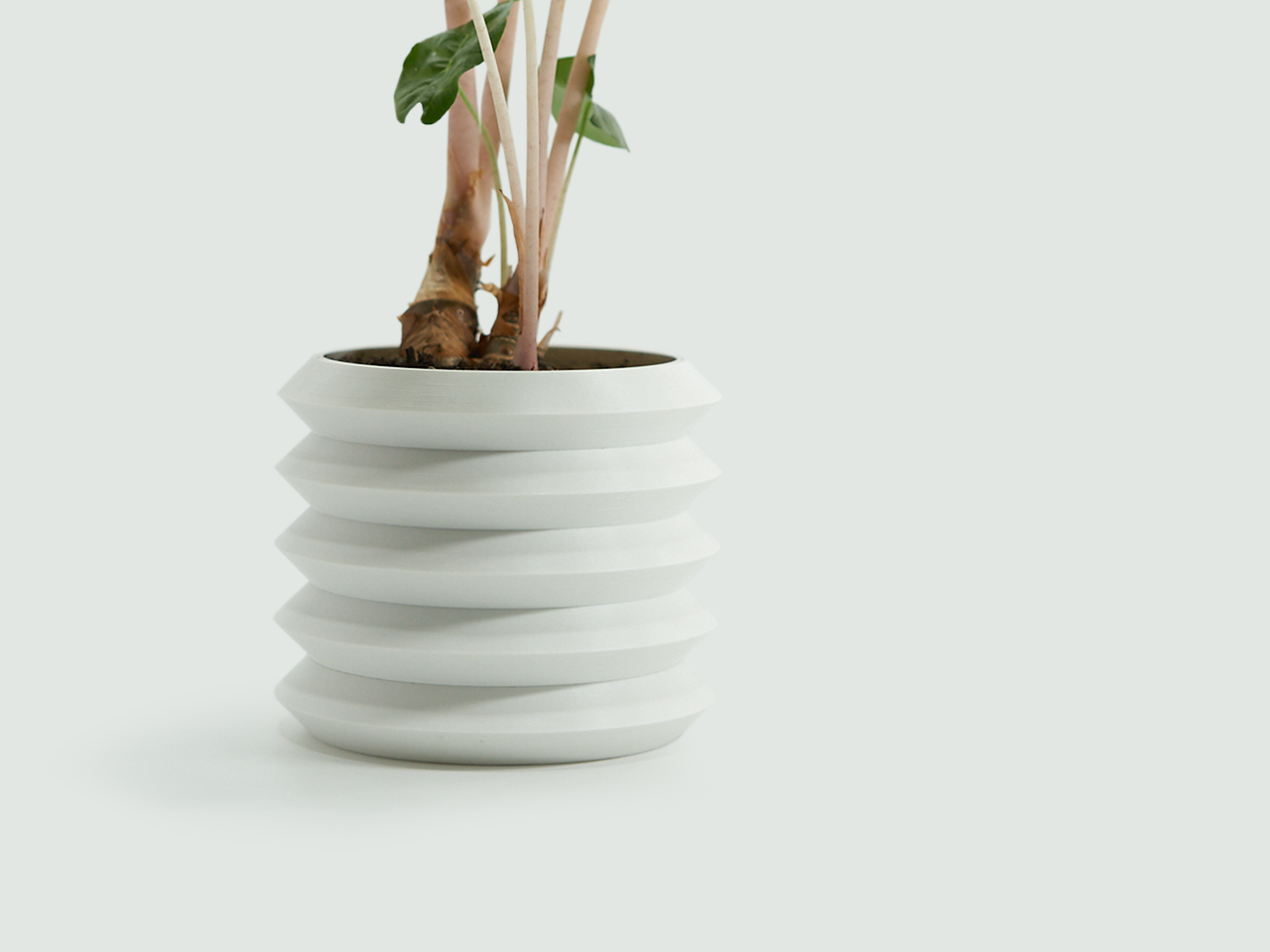


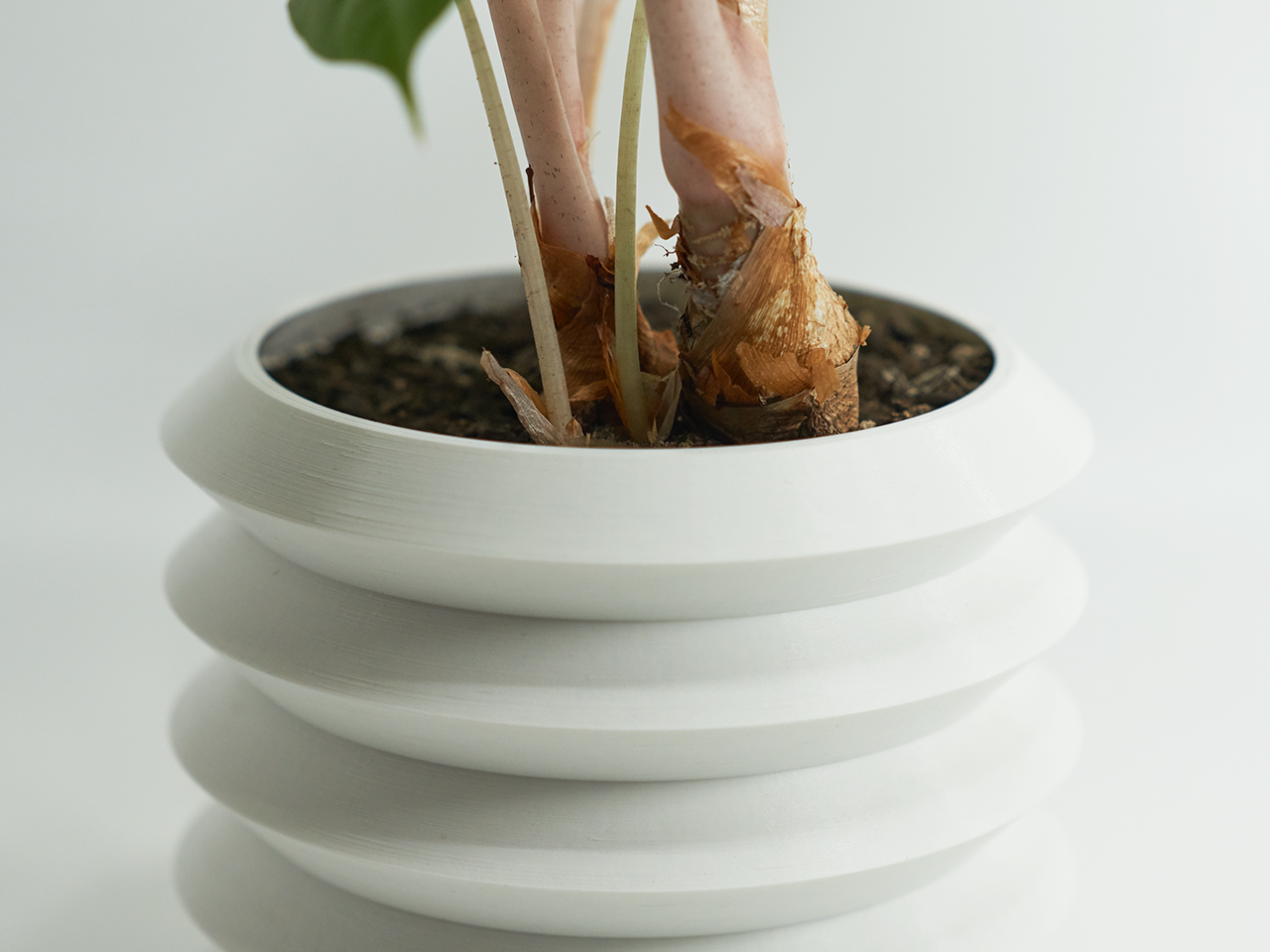
wearable artifact modeled in blender and 3d printed in sterling silver
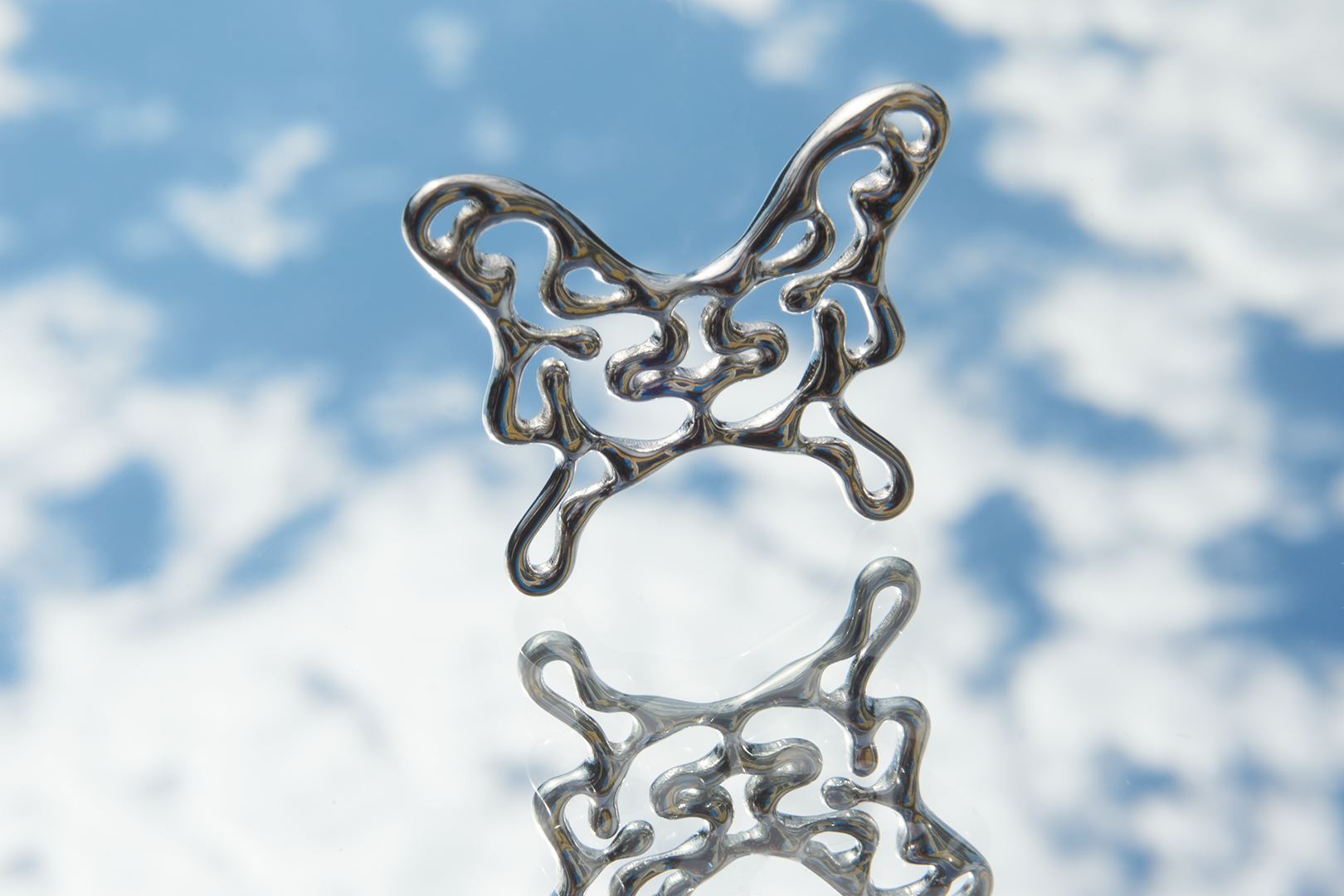
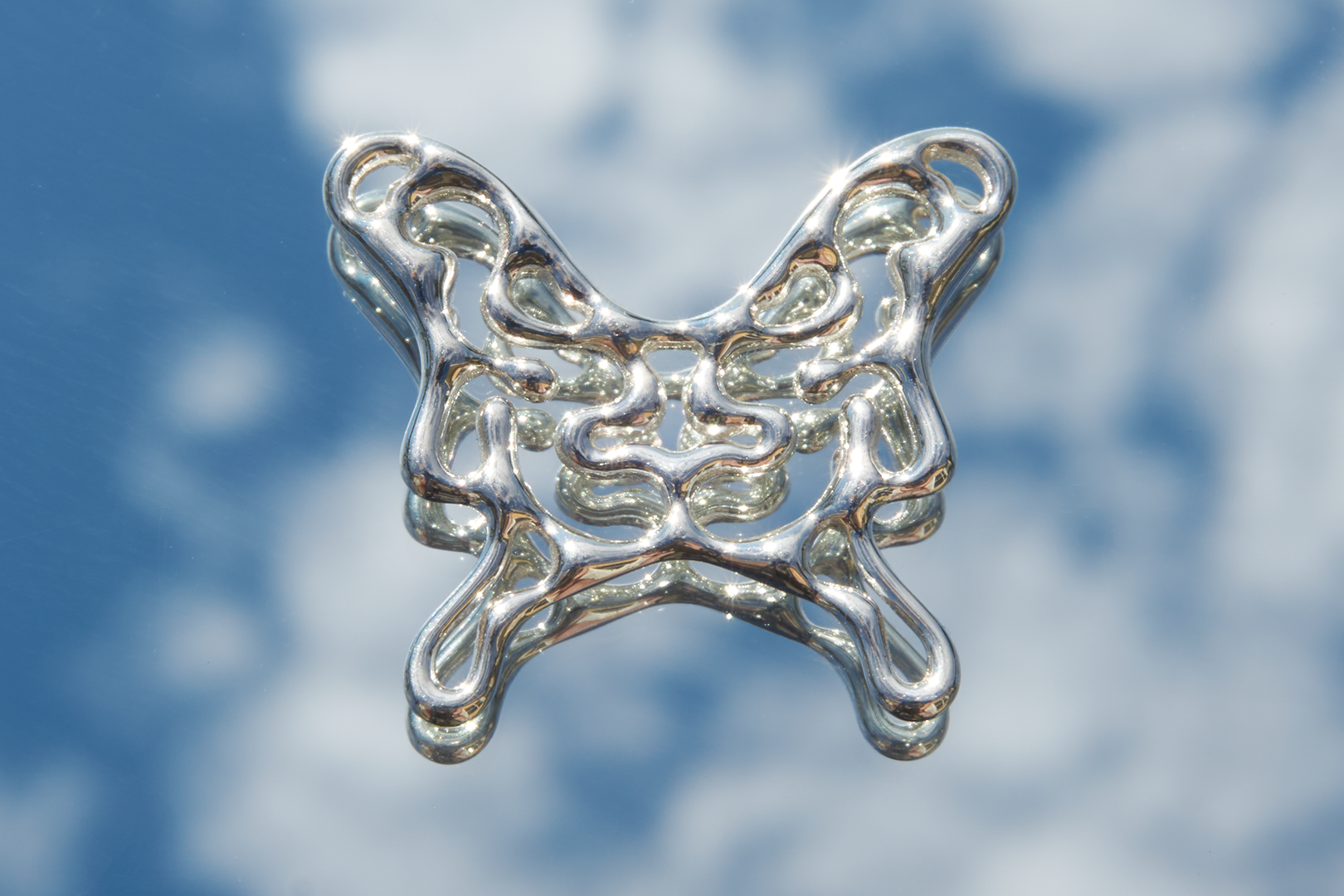

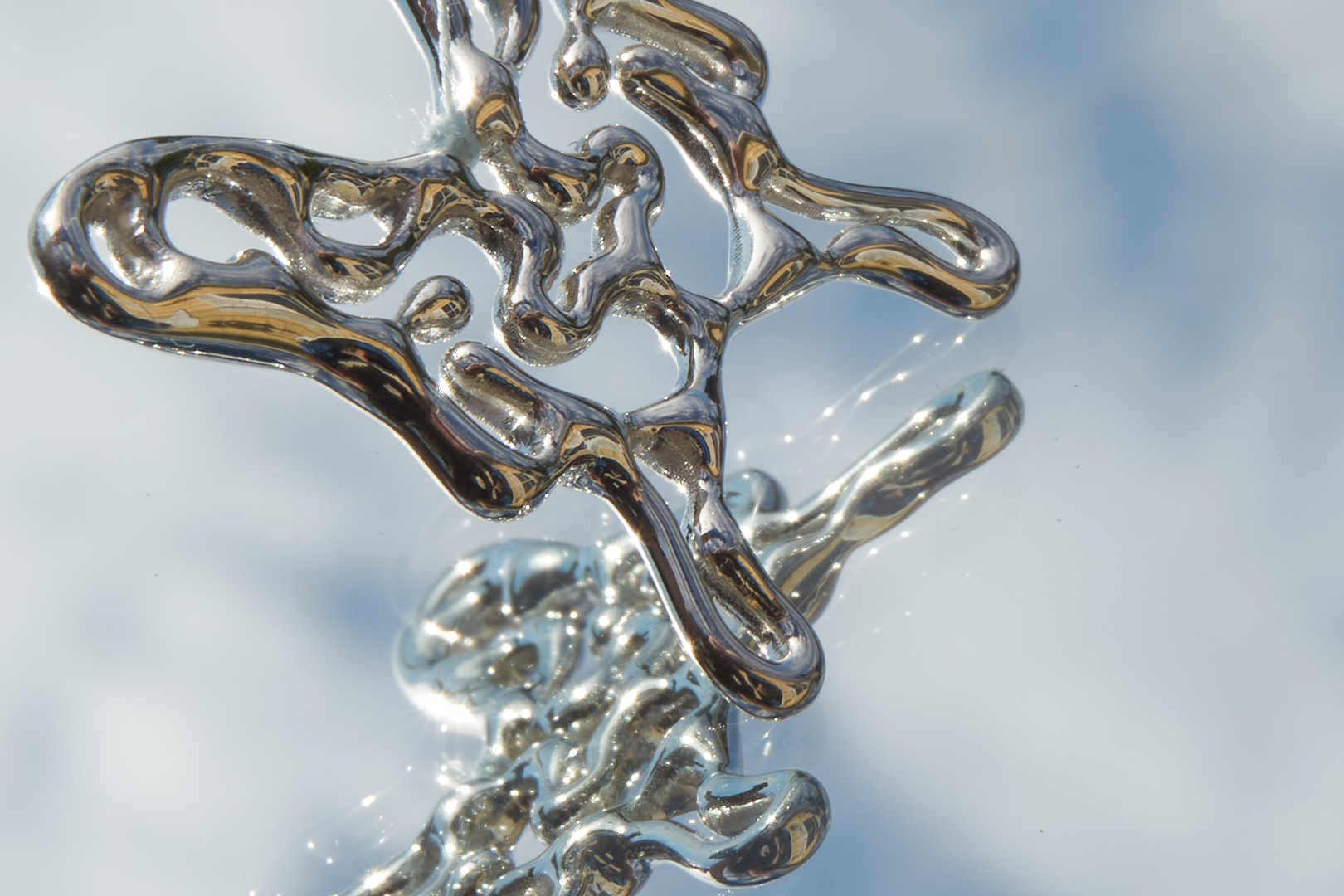

Explore tiny worlds.

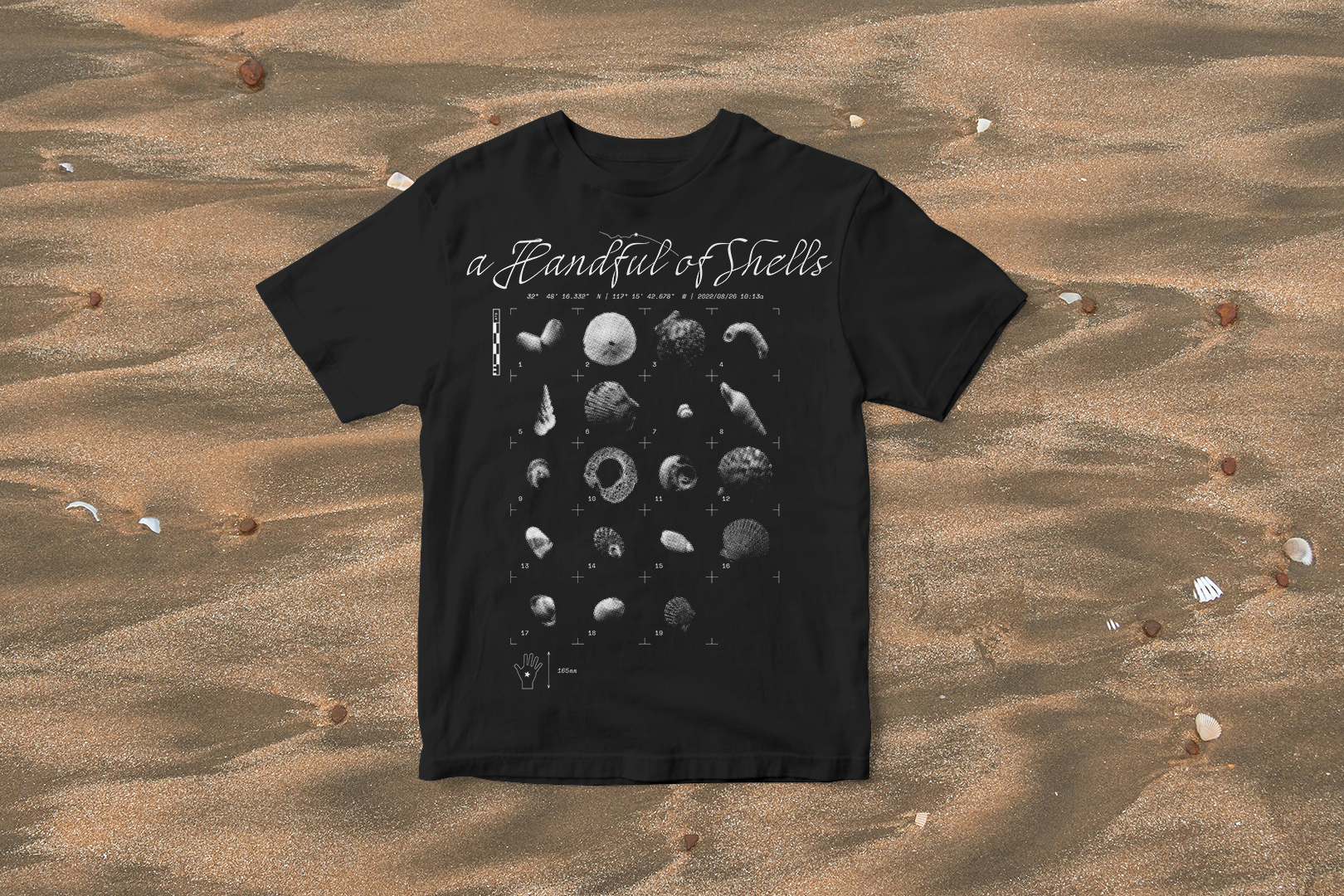
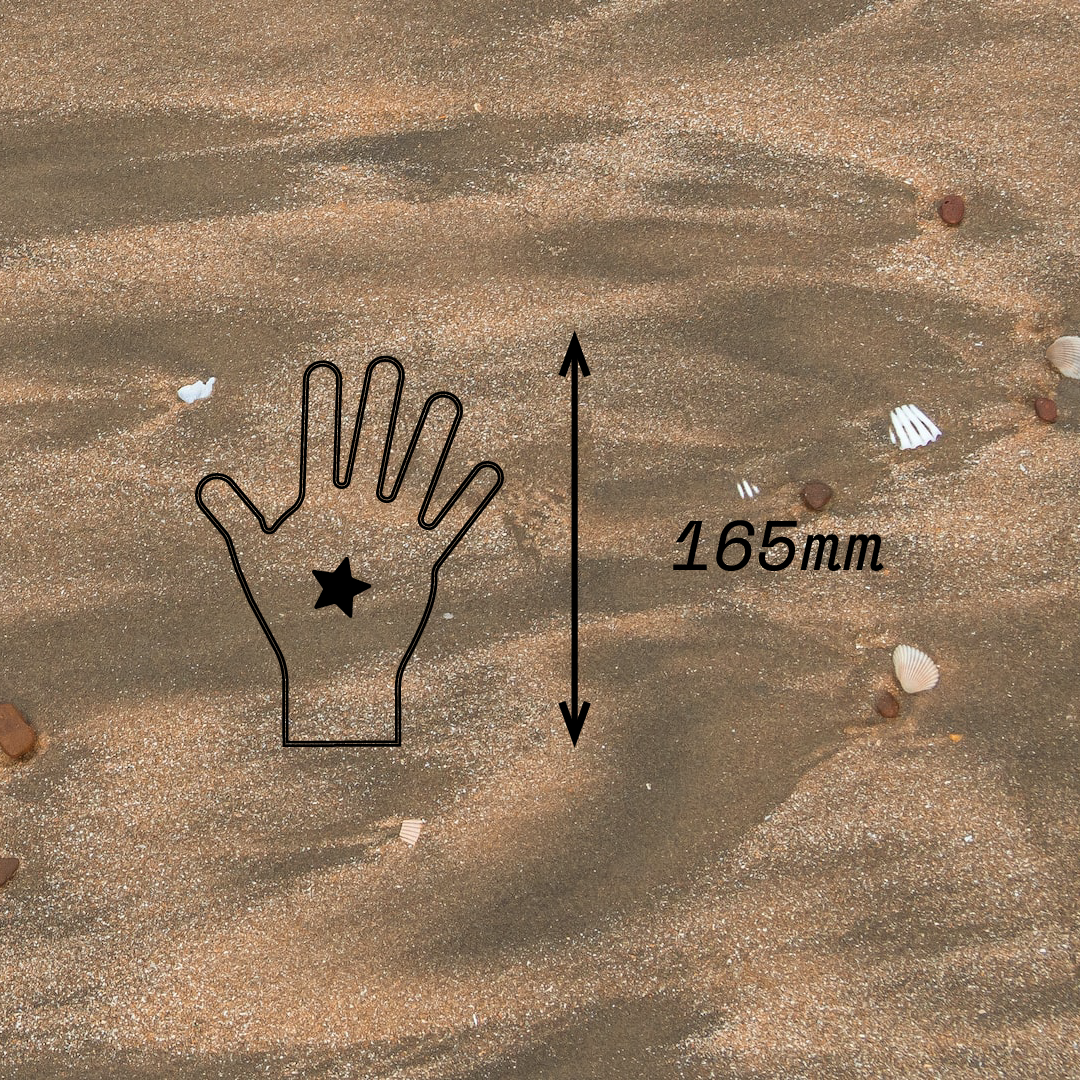
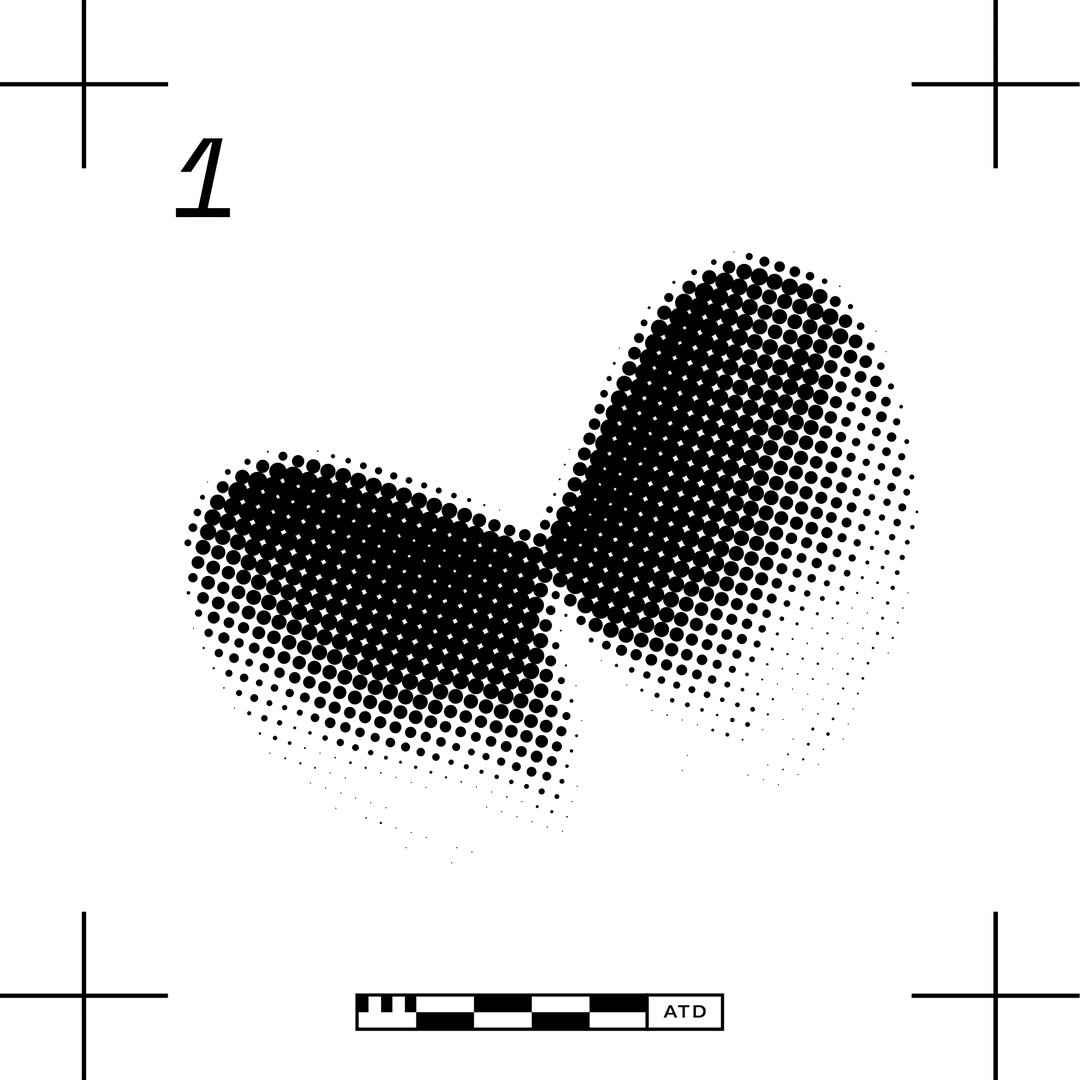

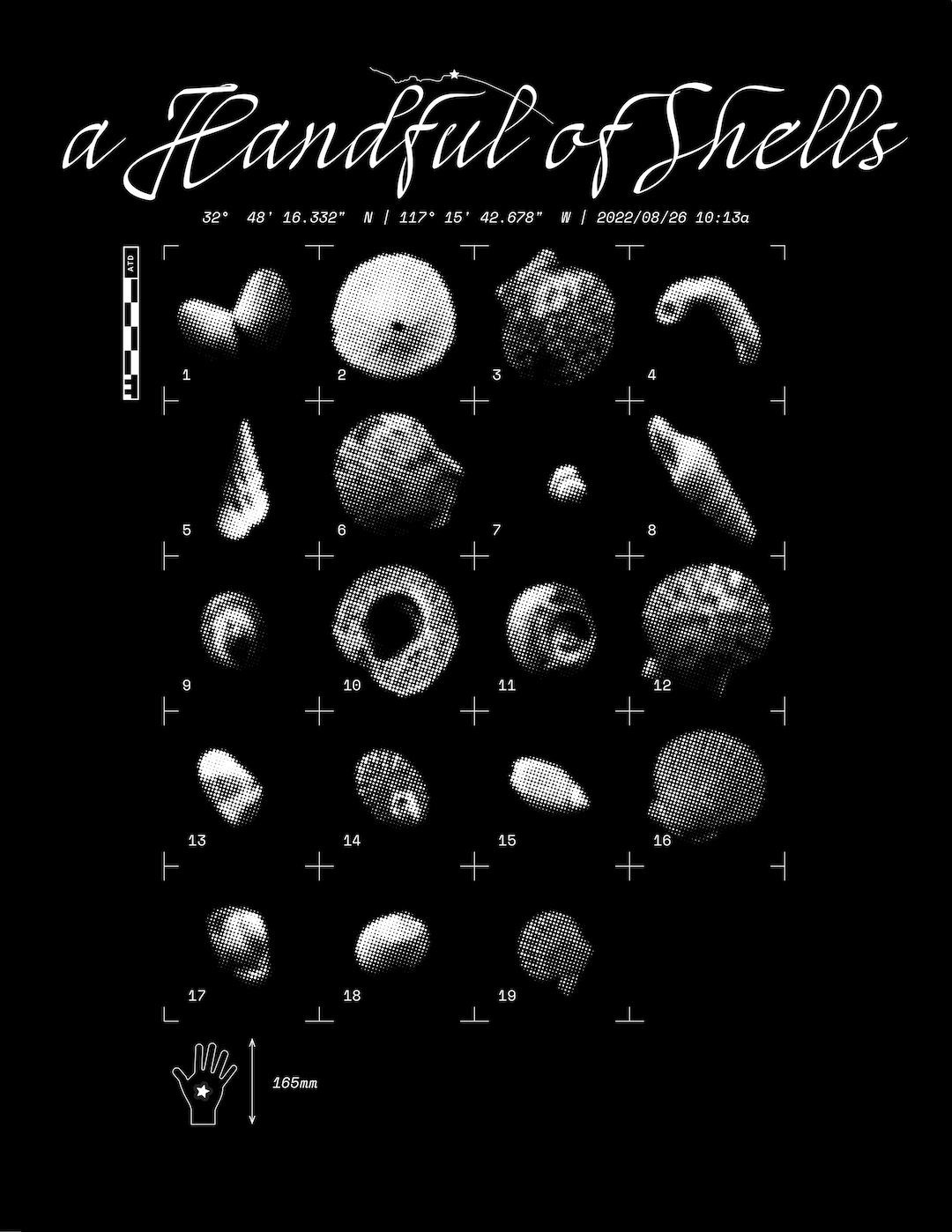
custom ring featuring the wearers birth year; parametric design updatable for any combination of finger size and 4 digit year

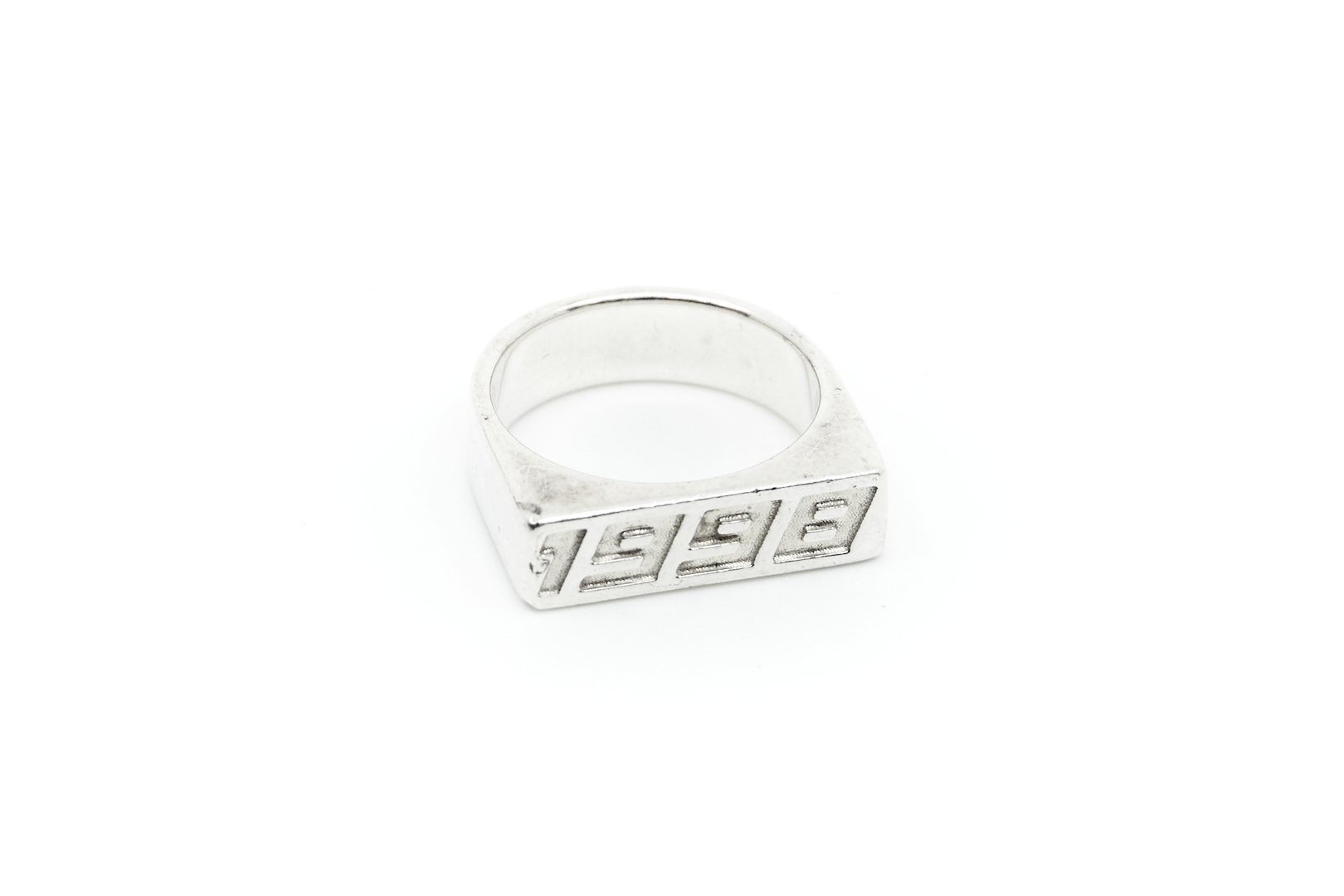


Using photogrammetry, I captured the body of local trees. I then translated the virtual meshes back into physical objects by printing them in the form of hollow clay vessels.
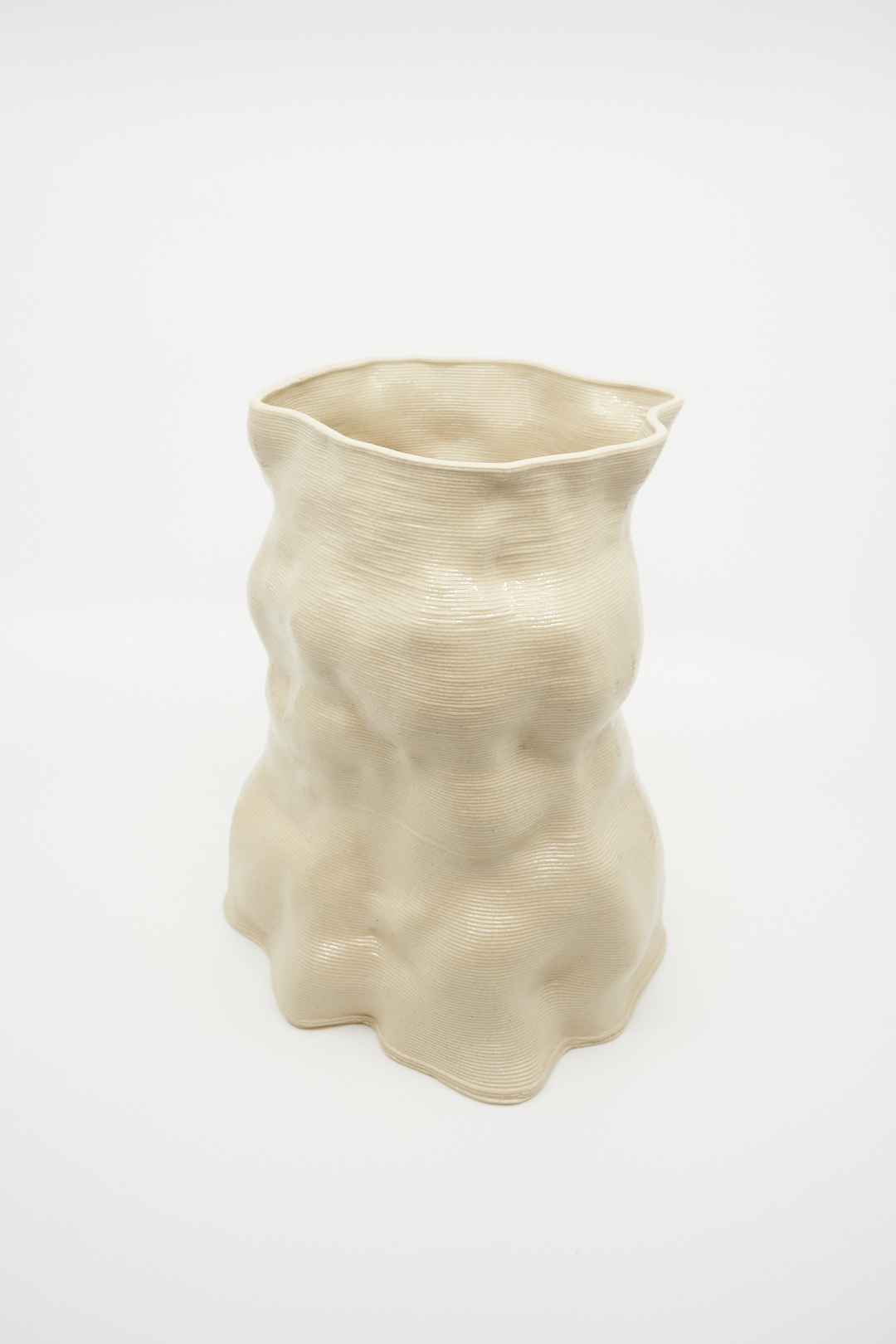

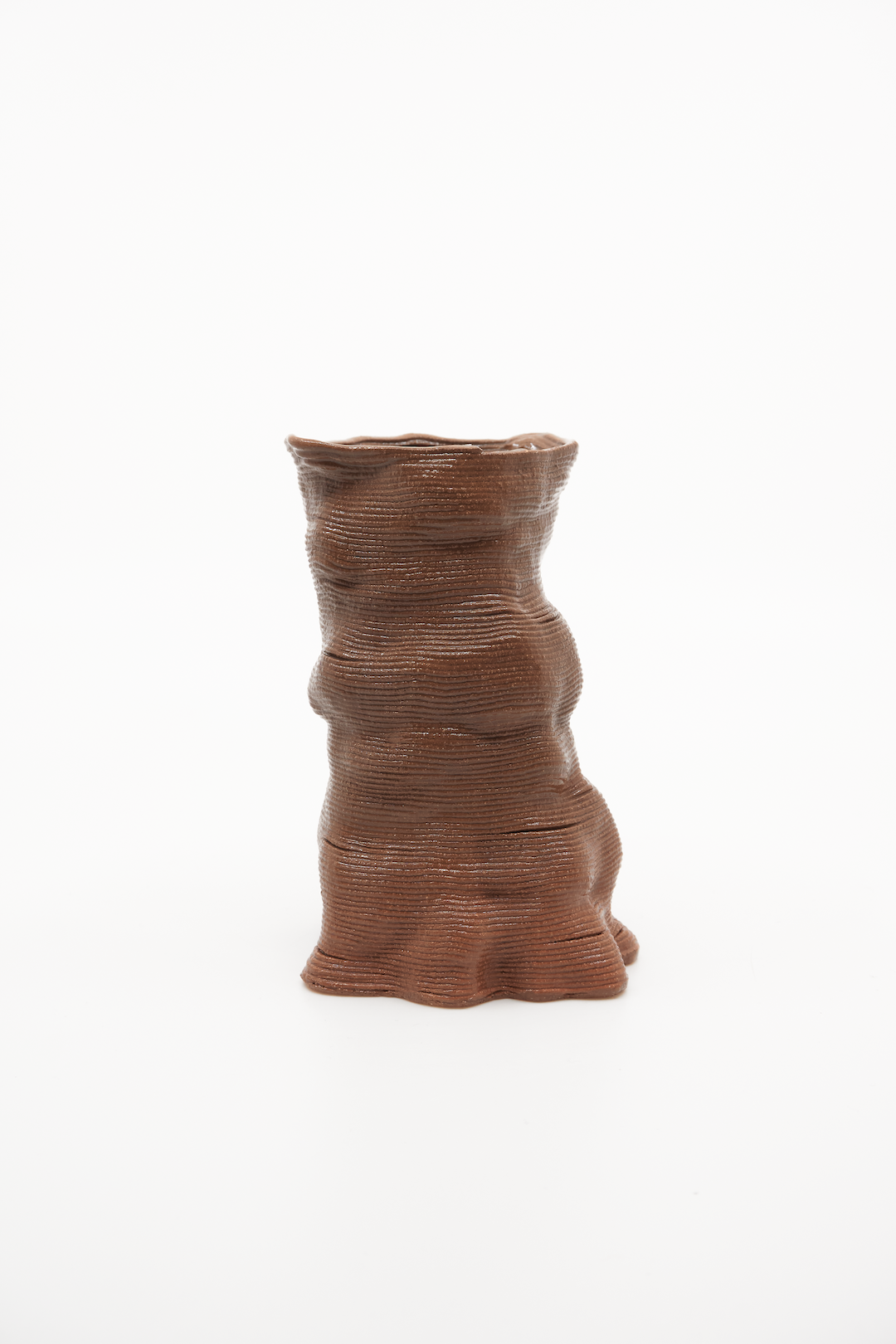

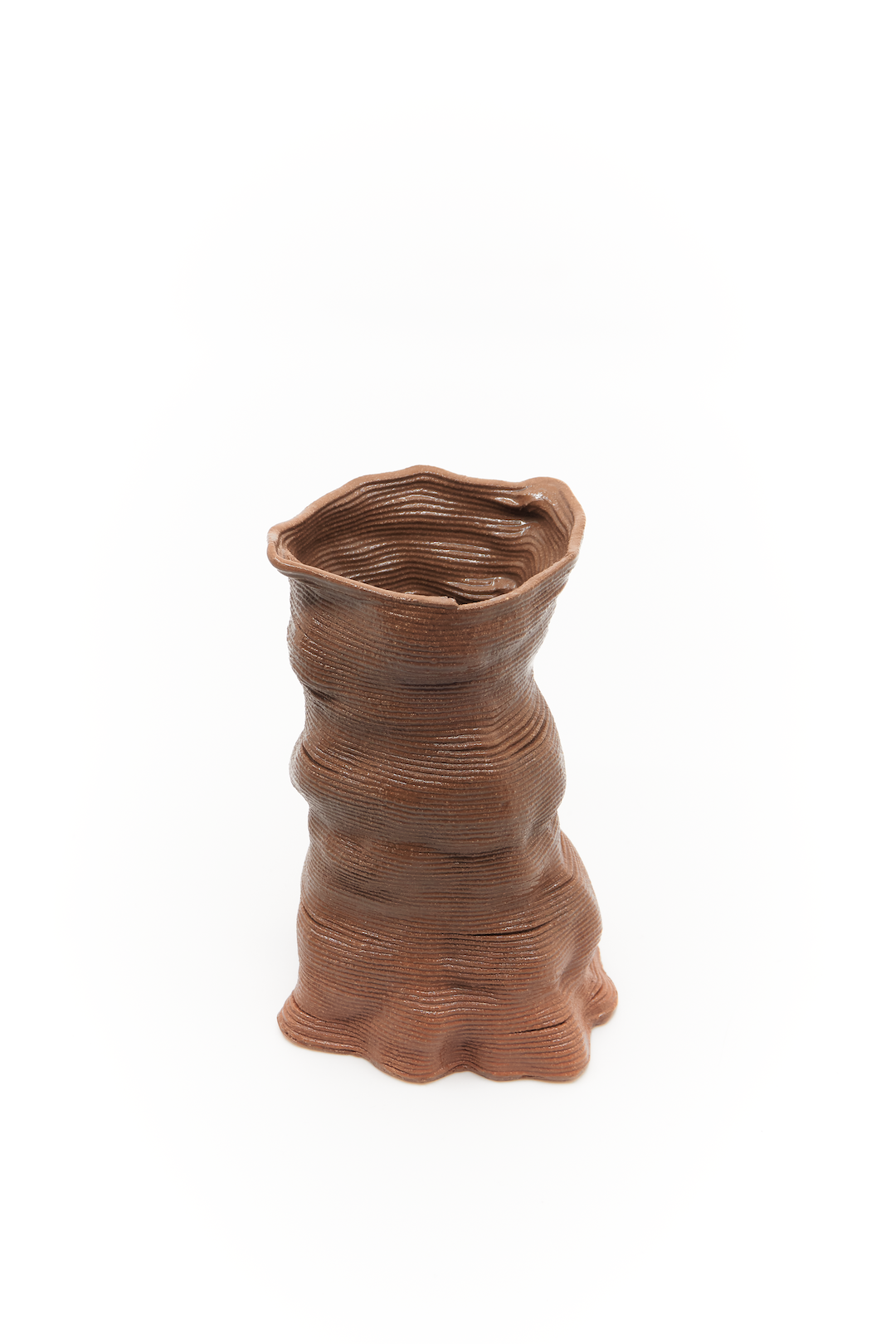
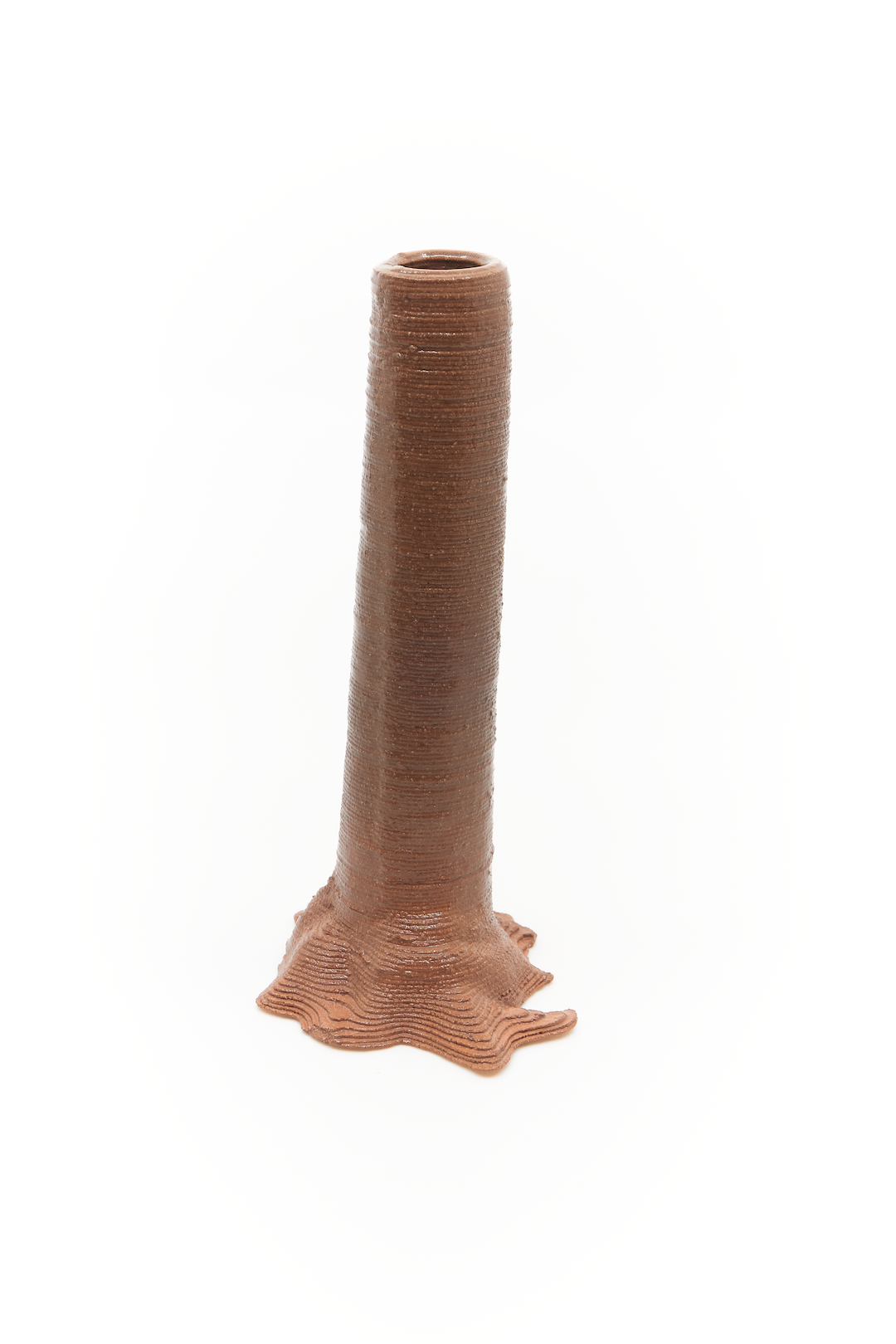
As a natural progression of my existing physical / virtual art making practice, I venture to explore the augmentations and restrictions of creating sculpture while entirely immersed in a virtual space. My current fascination is with materializing these virtual meshes back into physical space using fdm printing in plastic.

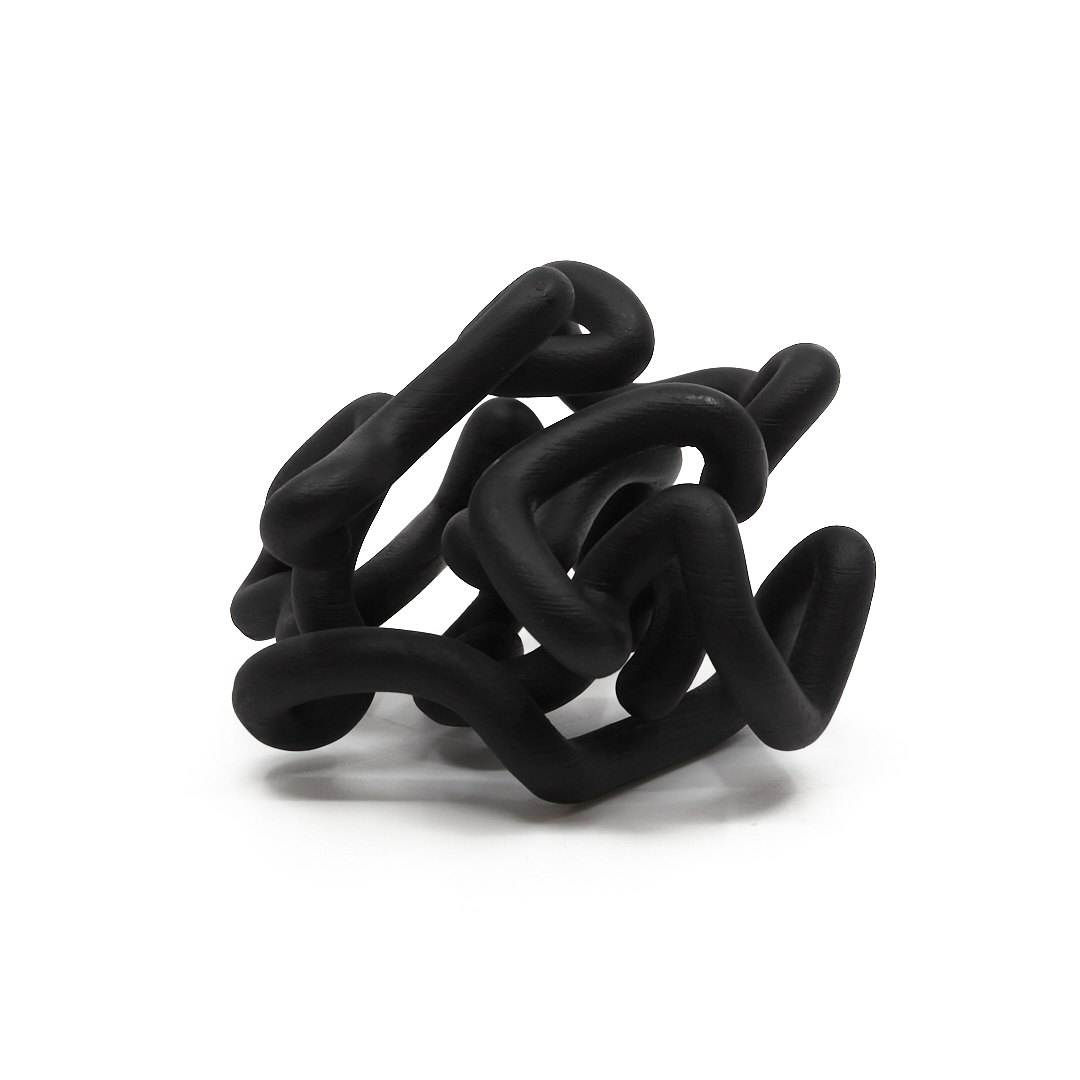
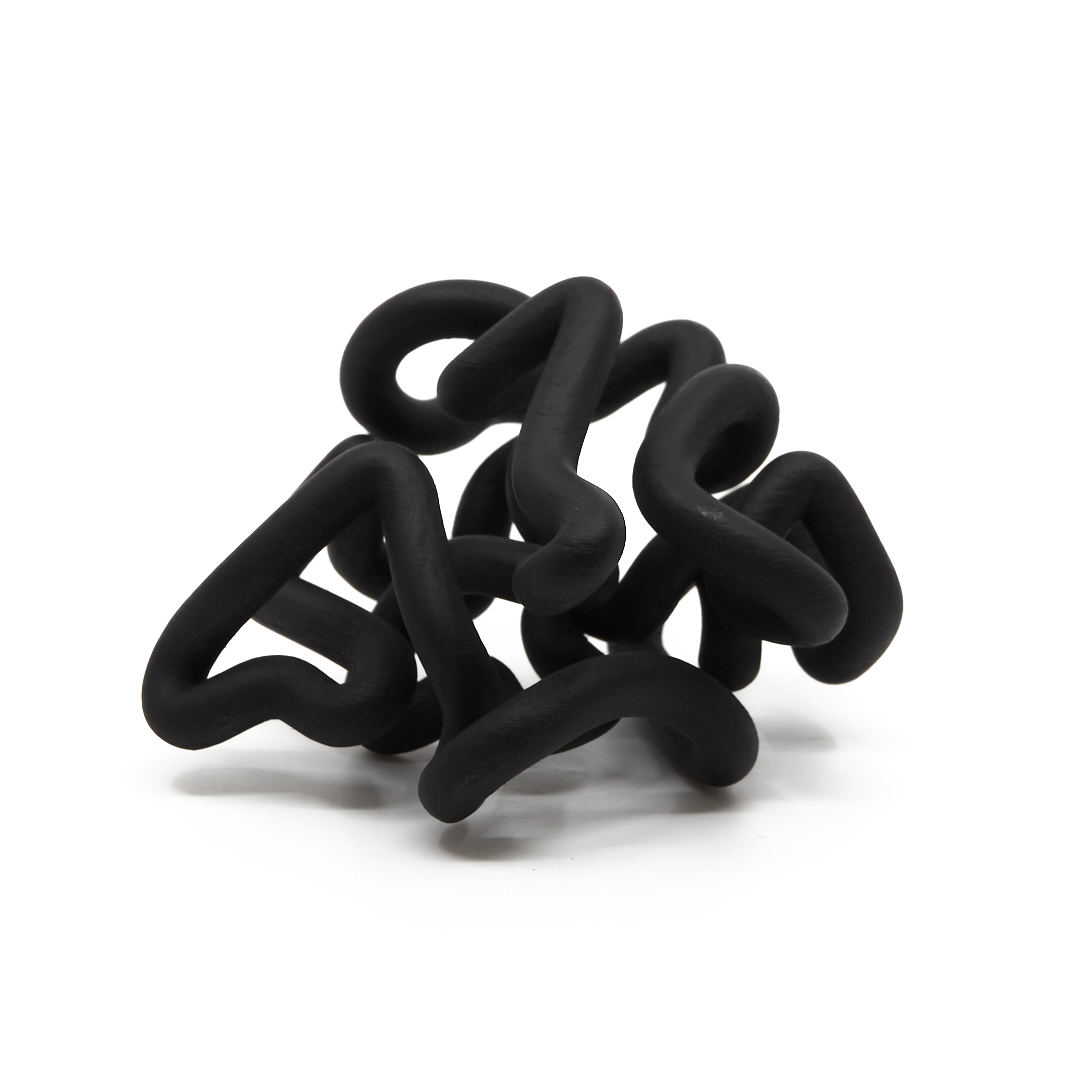

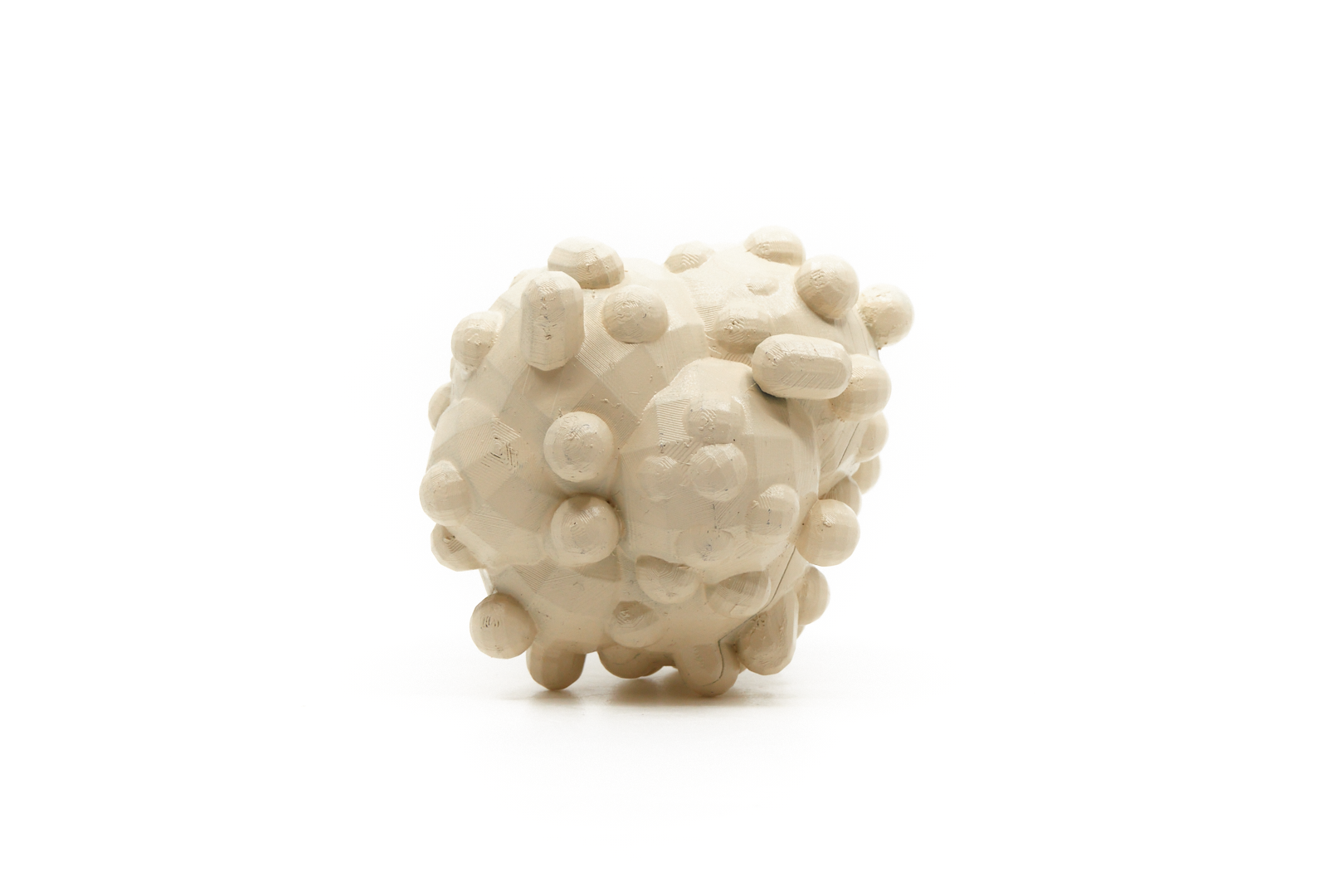
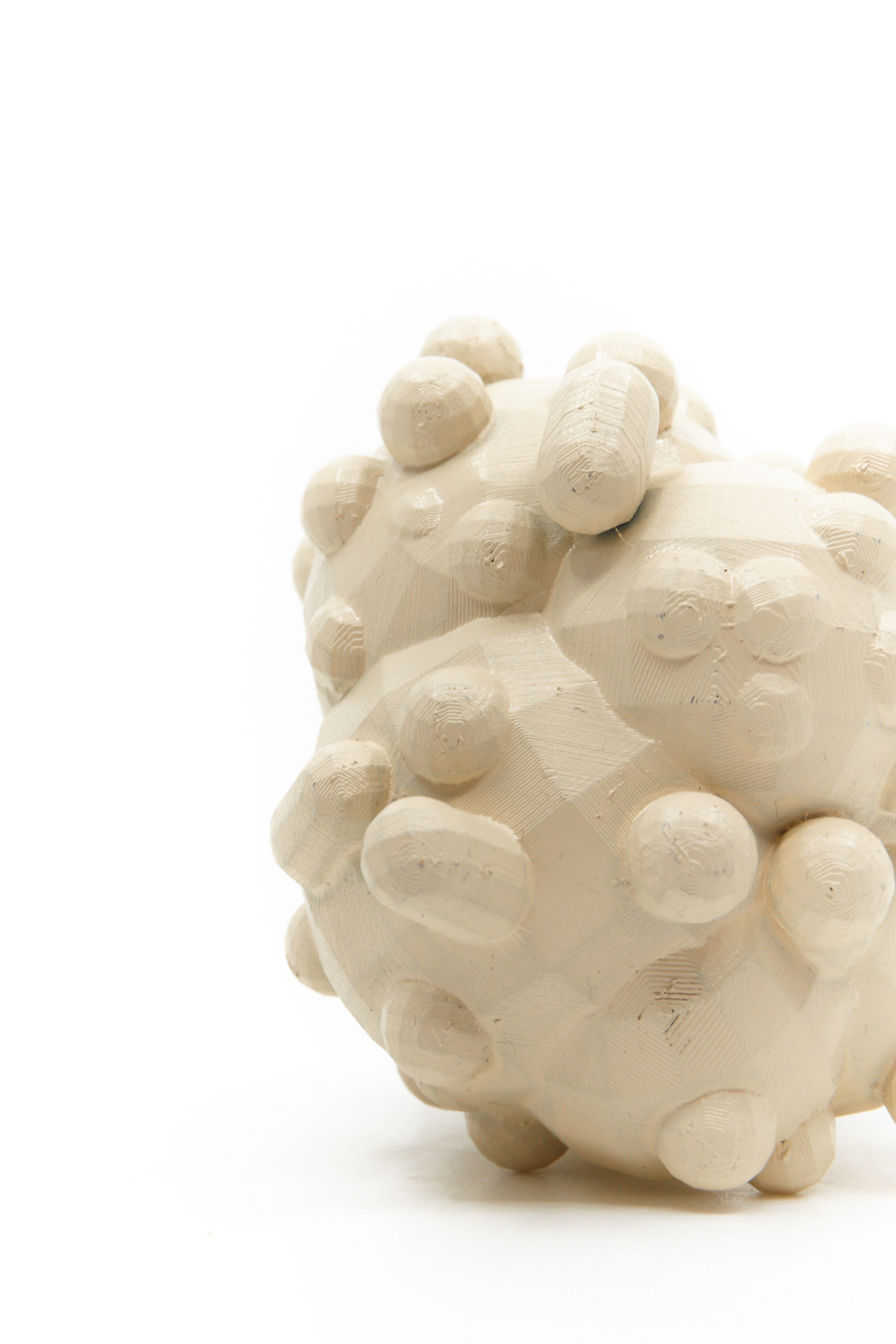
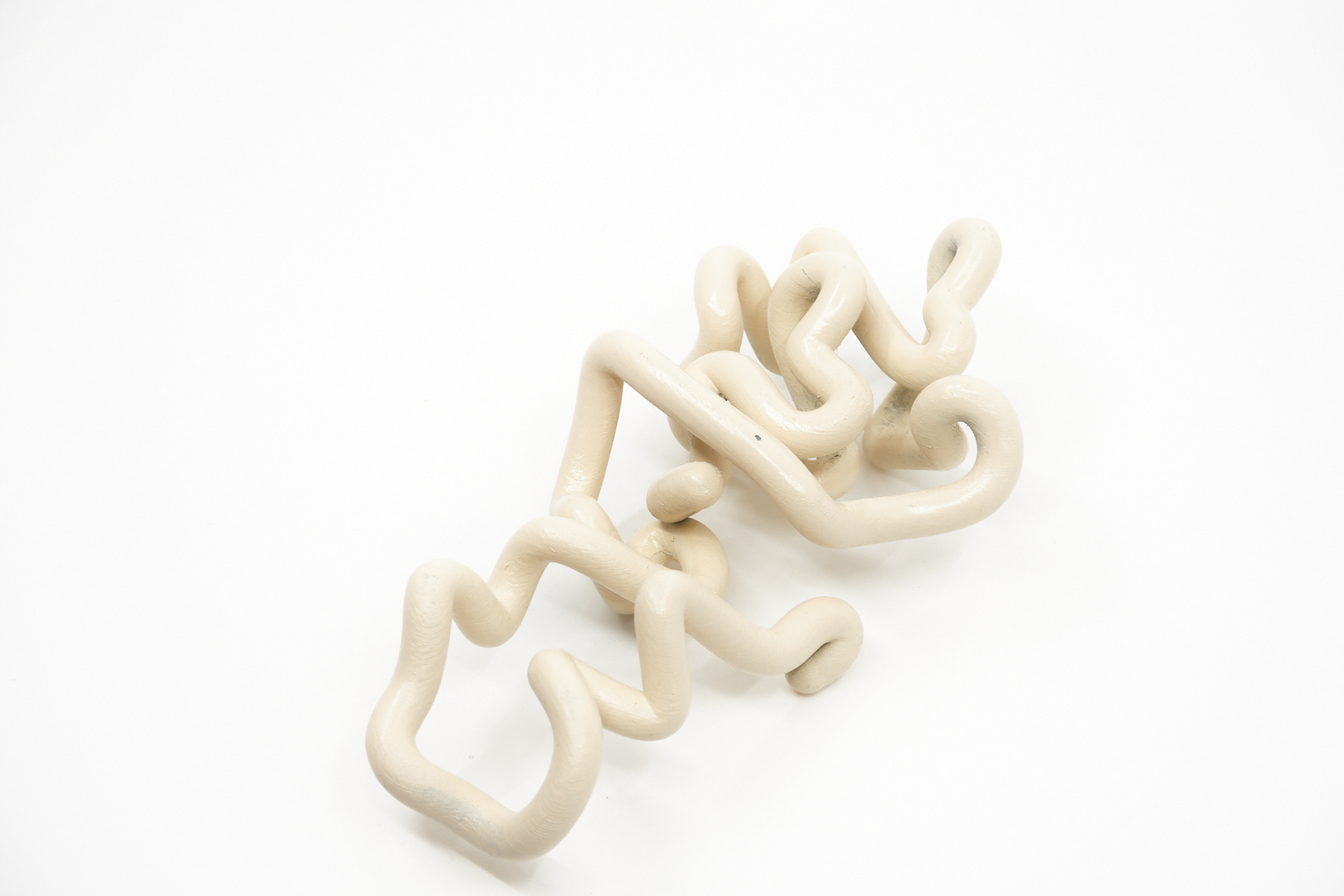
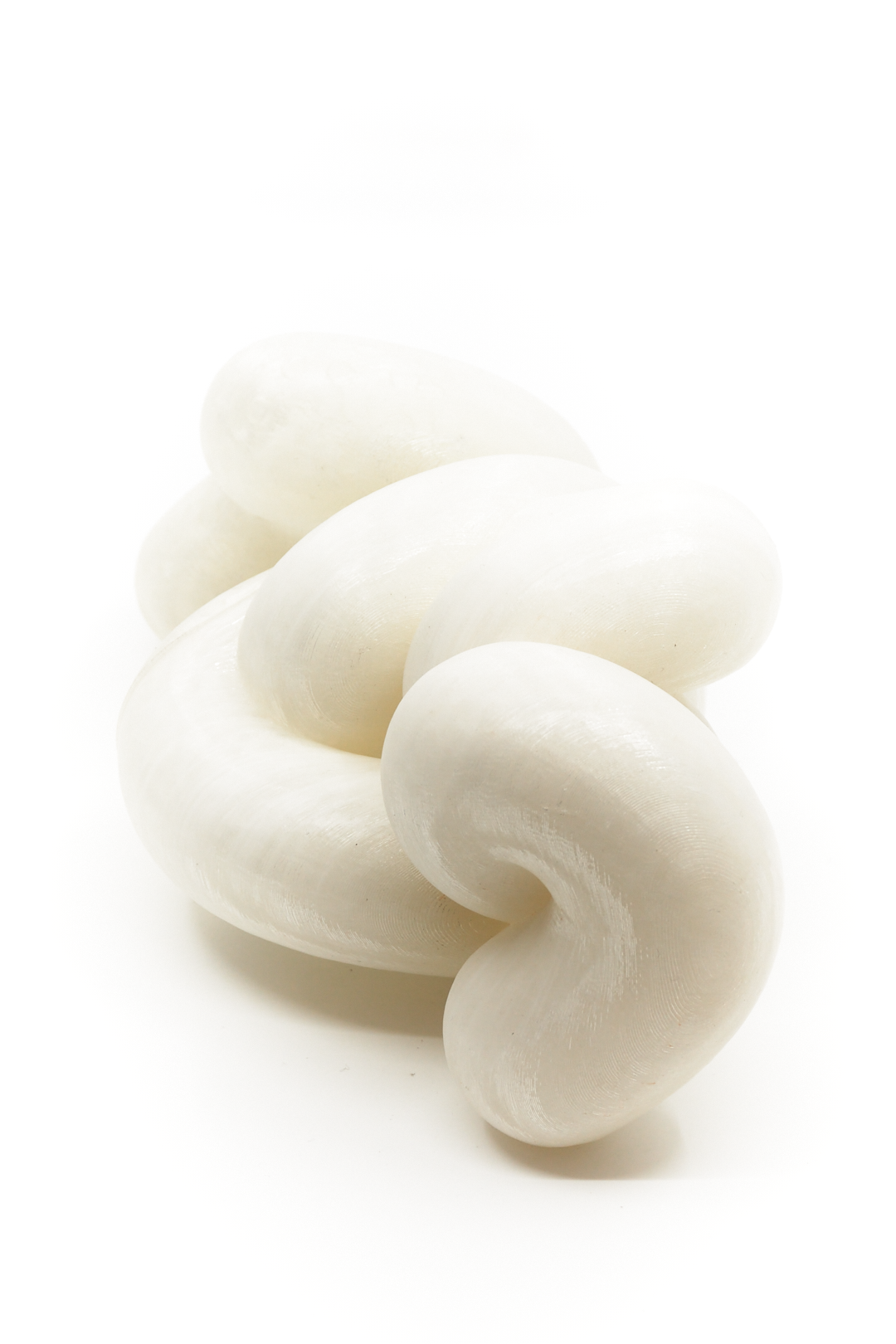
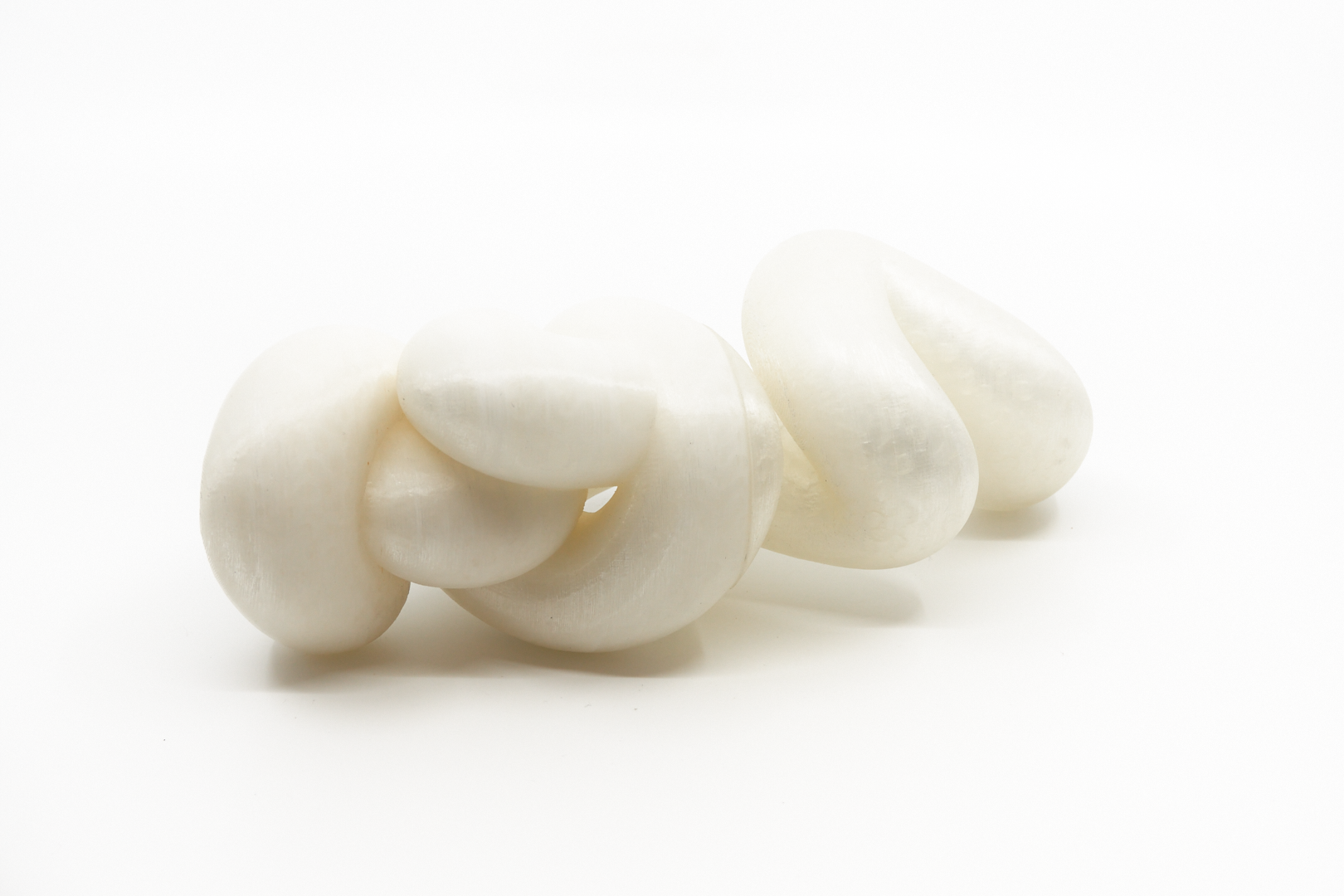
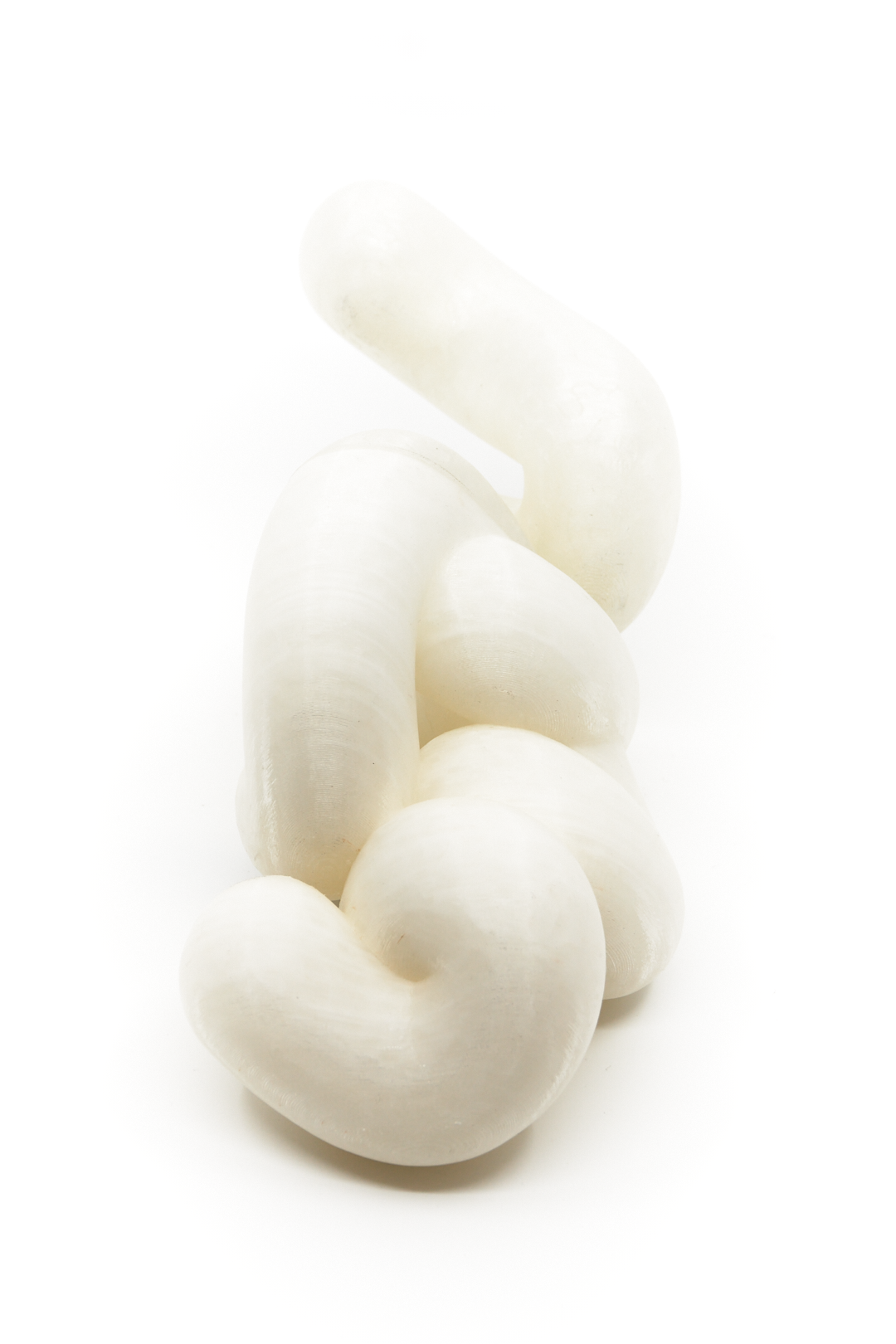
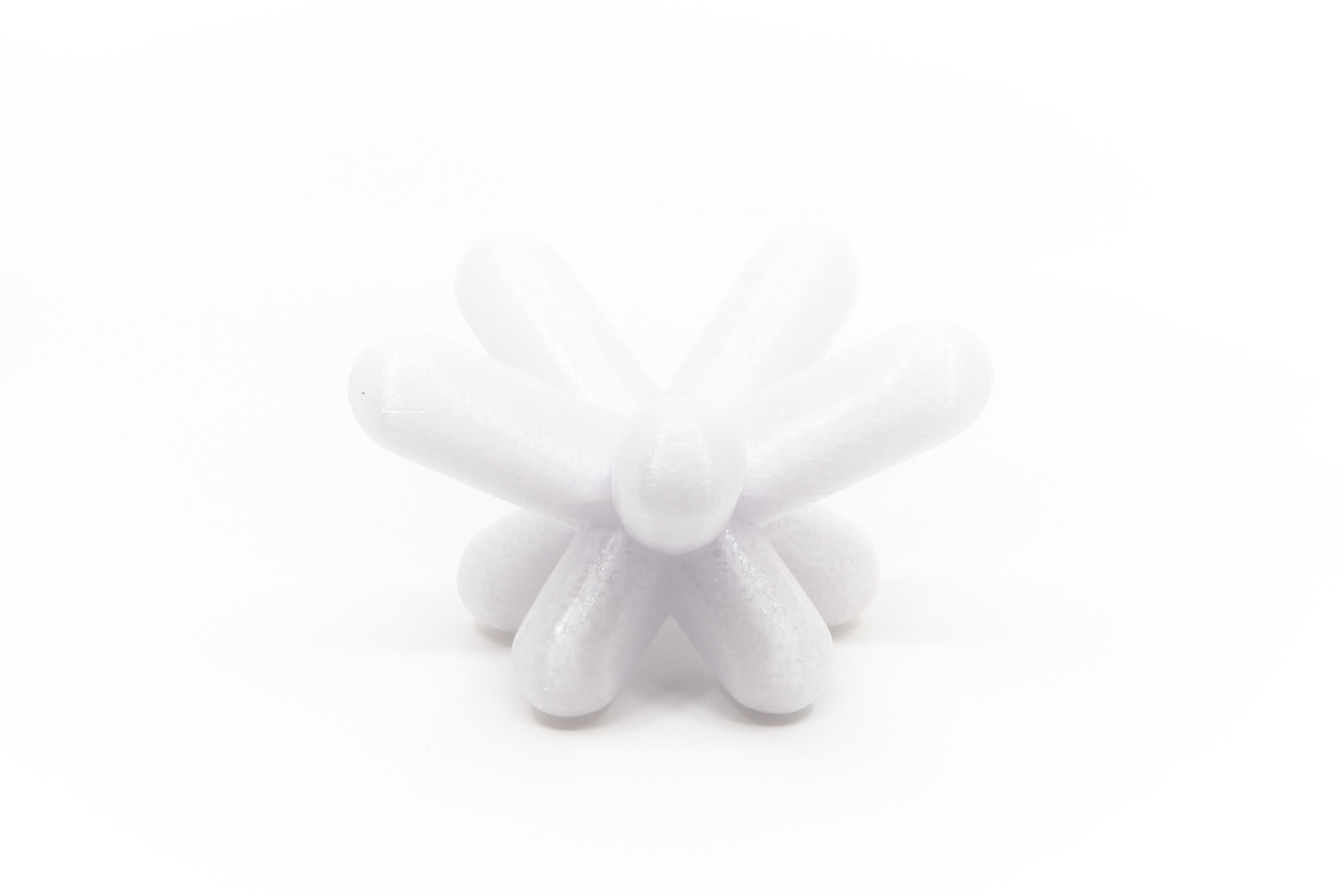
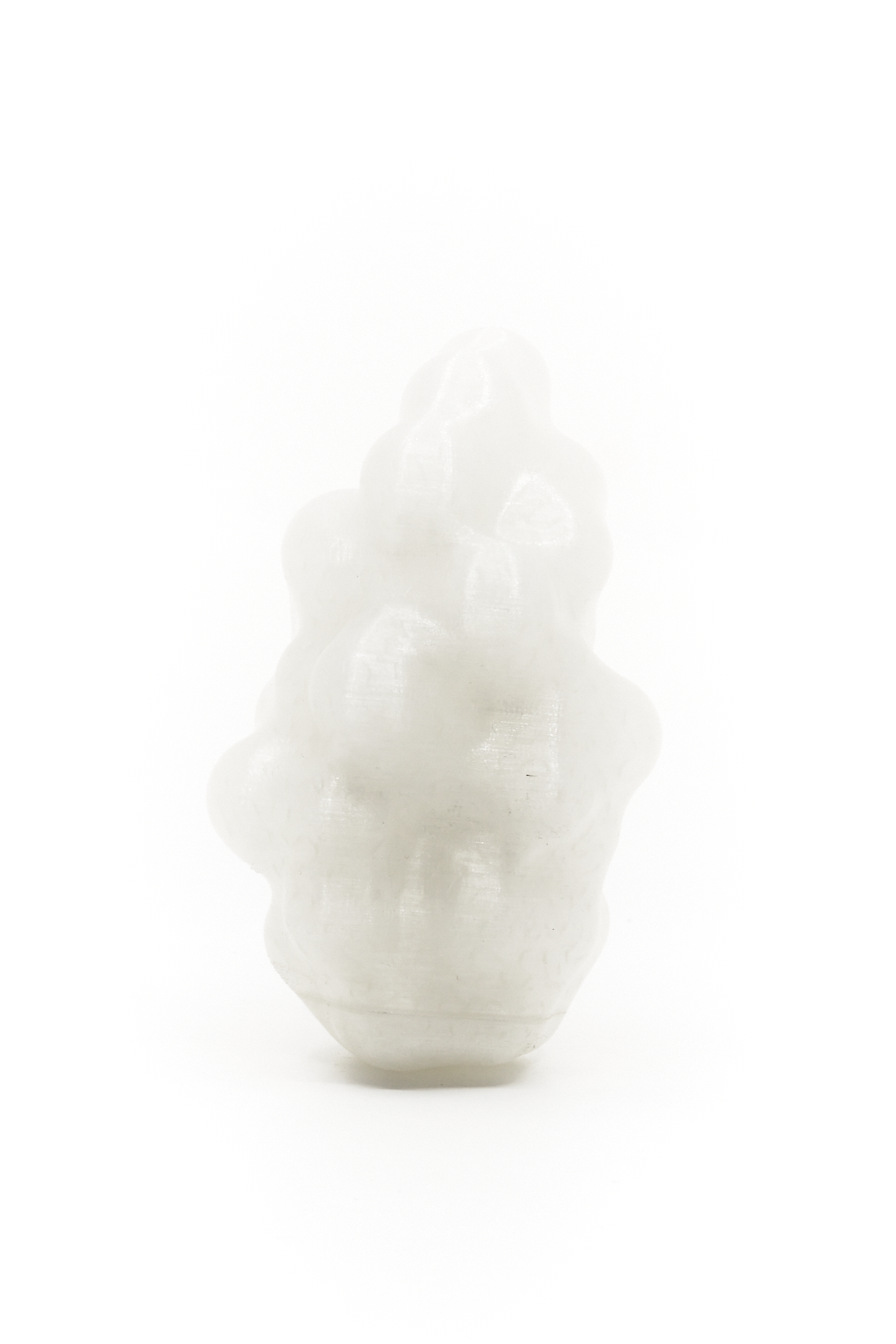
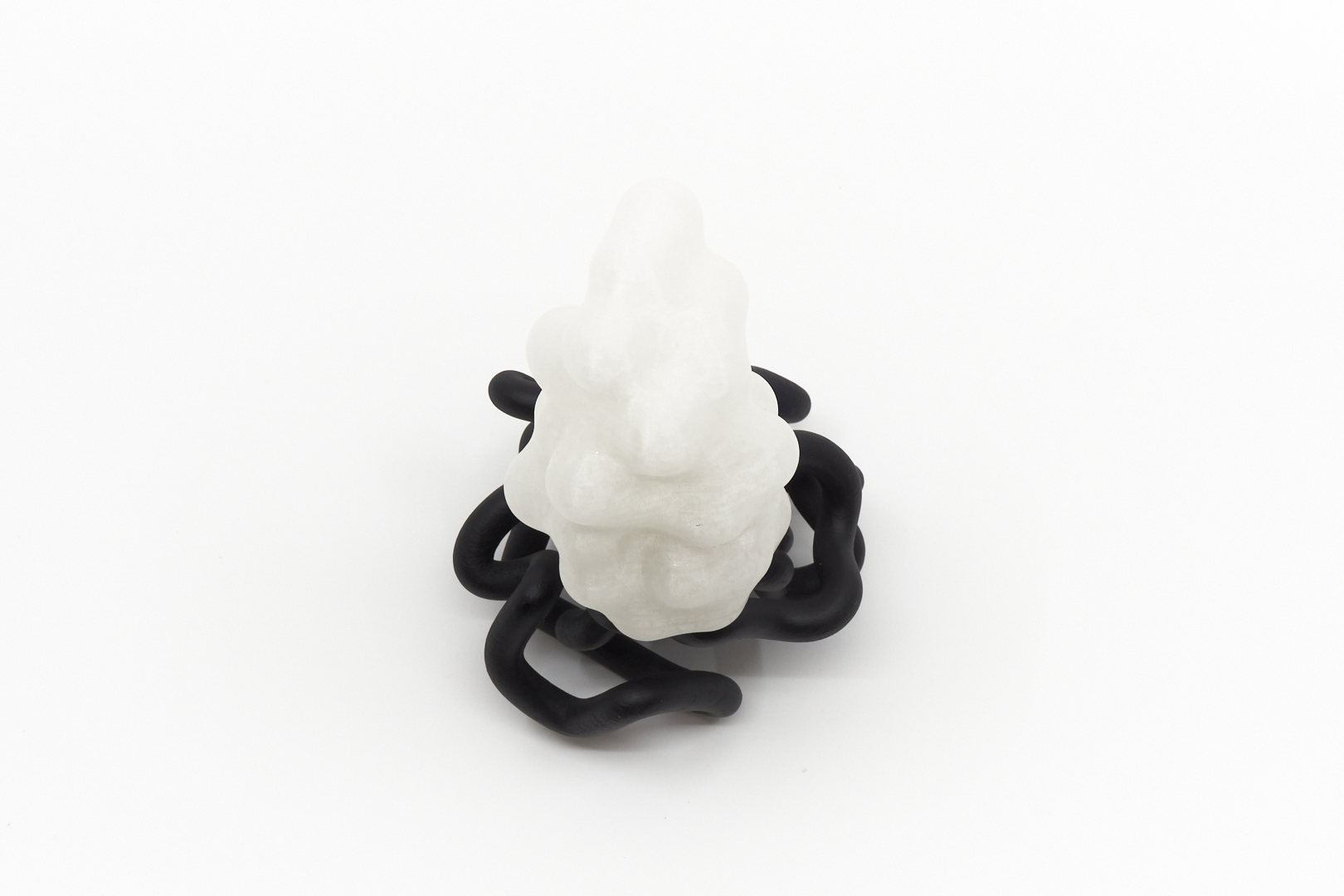
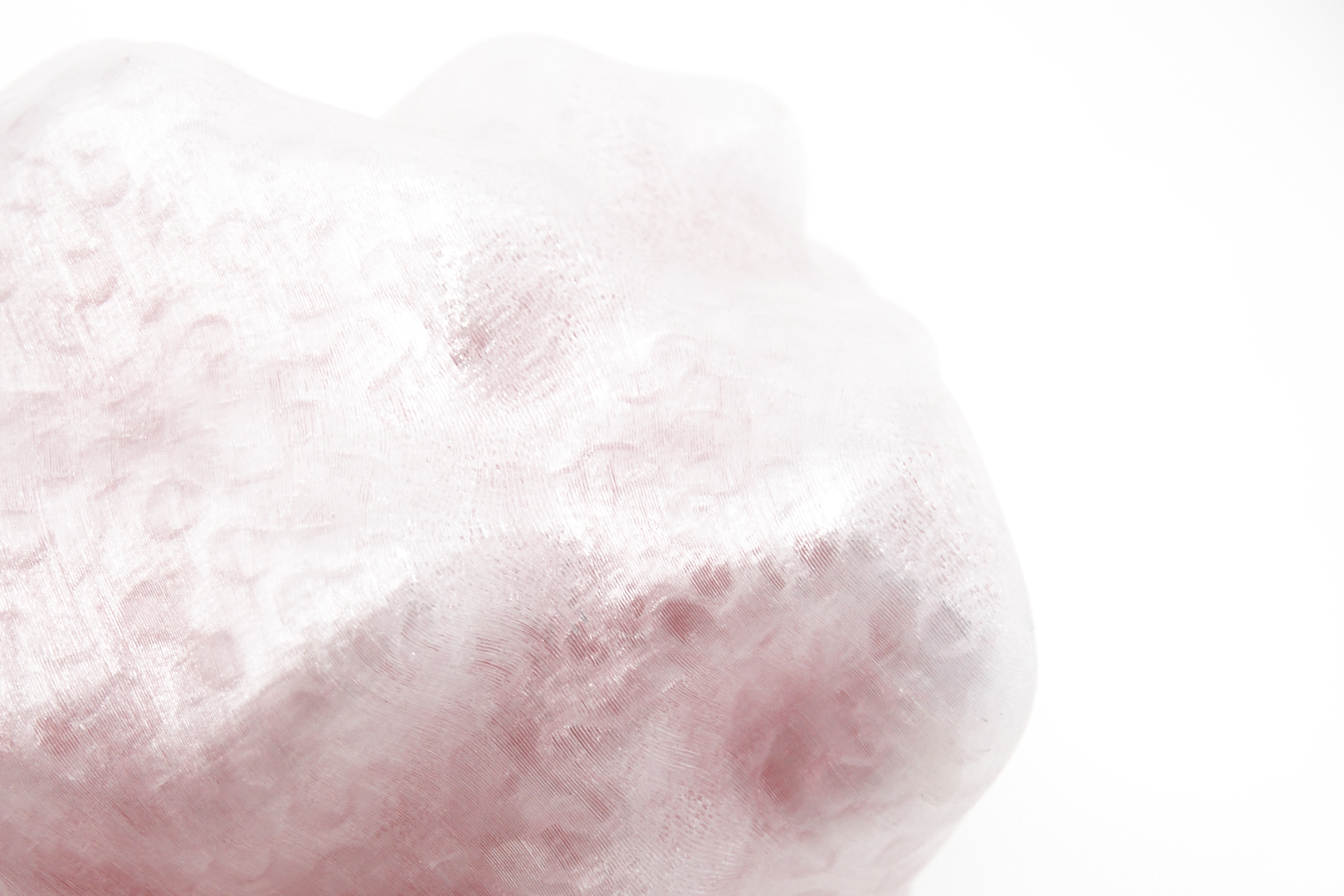

hand-built ceramic vessel juxtaposes traditional pottery aesthetics with default manufacturing aesthetic as an icon of handmade and manufactured duality
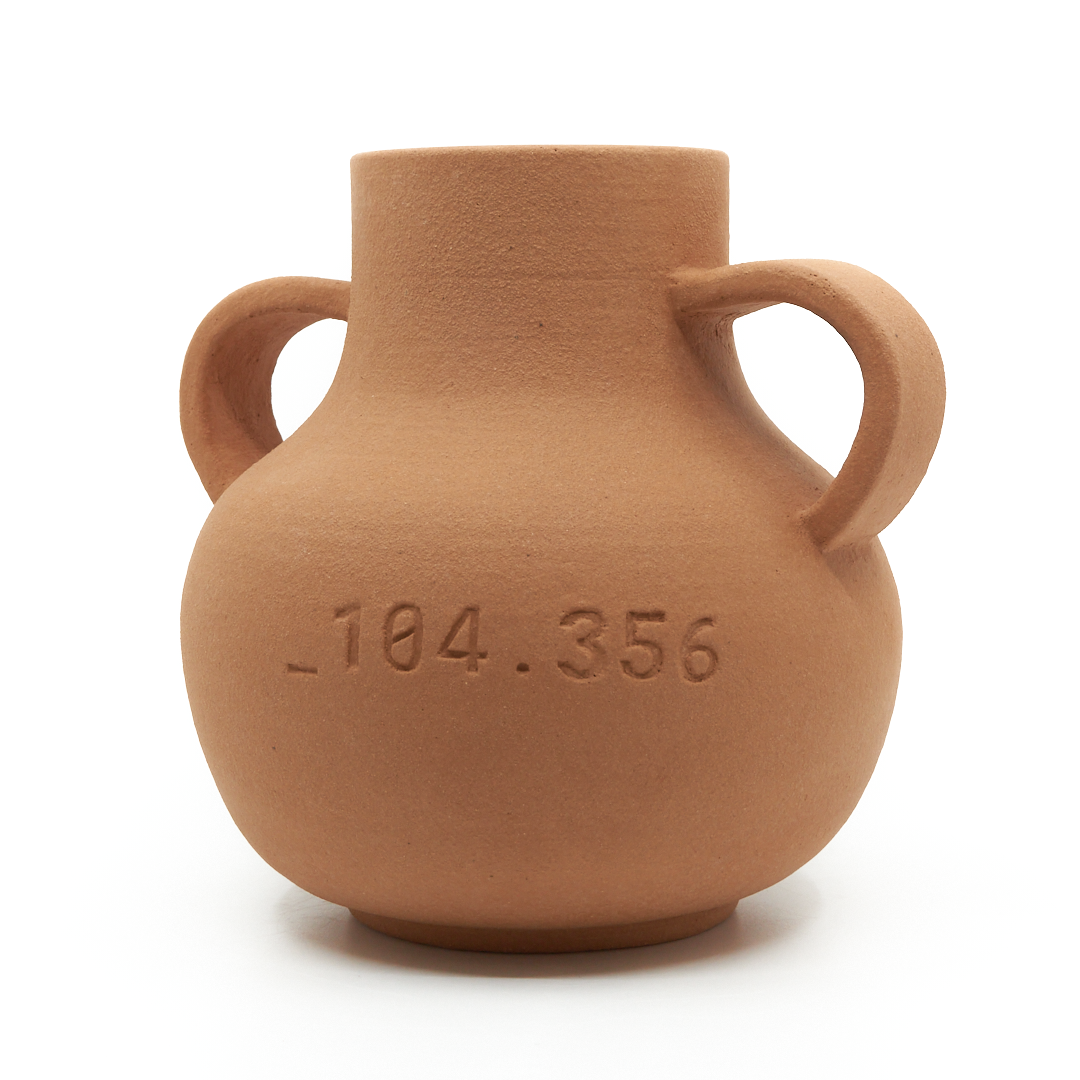
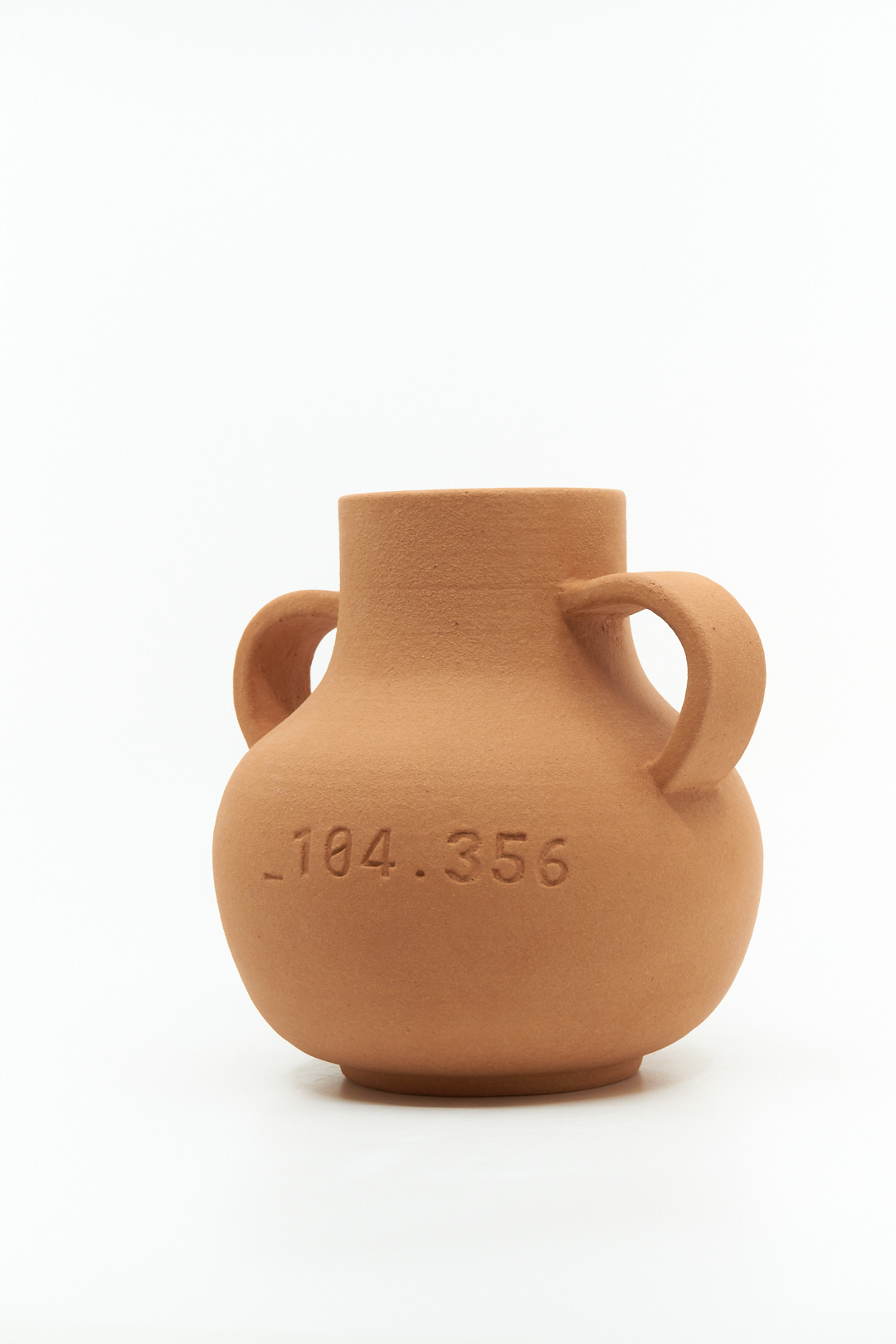


I am consistently in awe with the capabilities of photogrammetry, especially the fidelity that can be accomplished using the accessible and pocketable cellphone camera. This project is my initial endeavor to create a scalable system to capture, share, and archive particularly ephemeral public environments.
